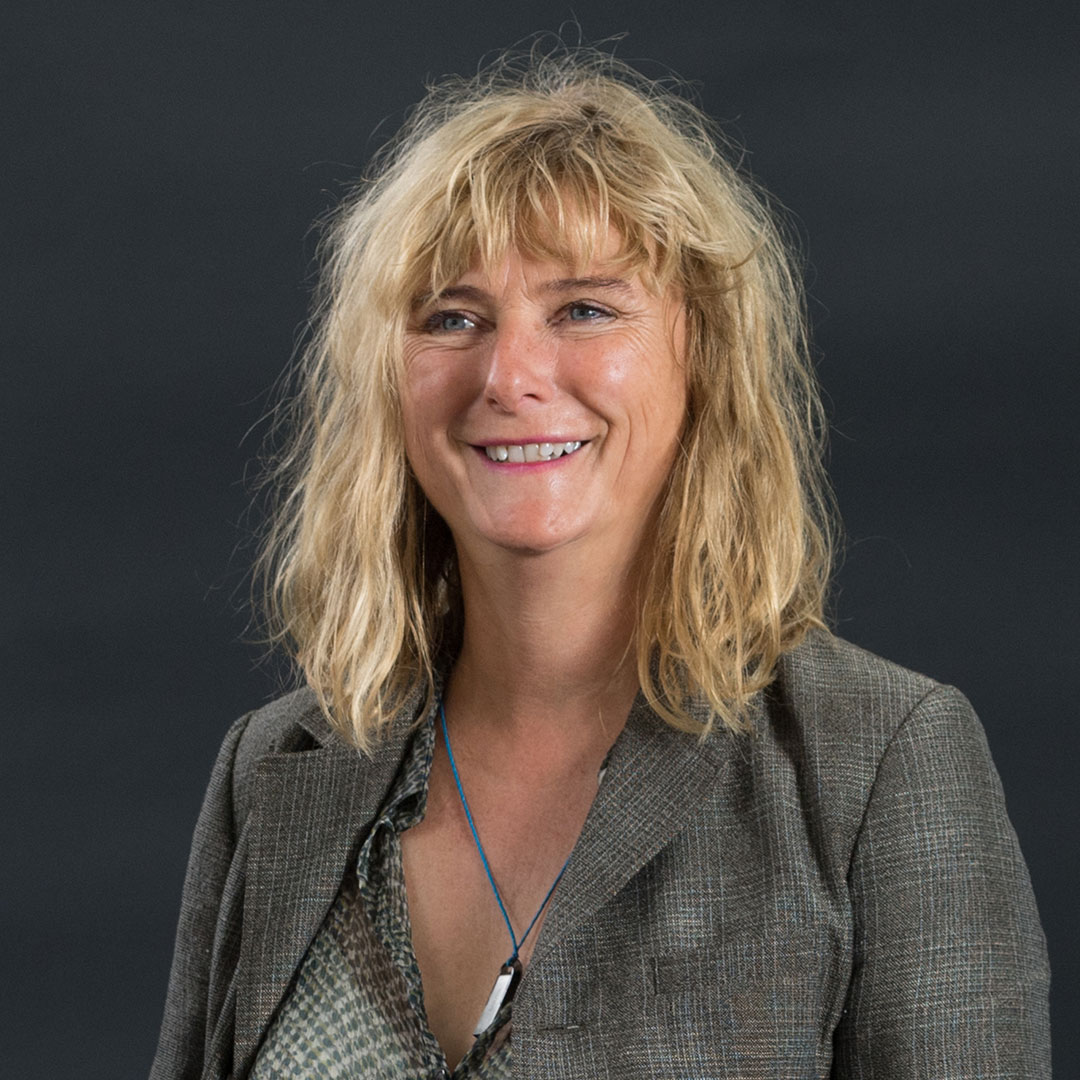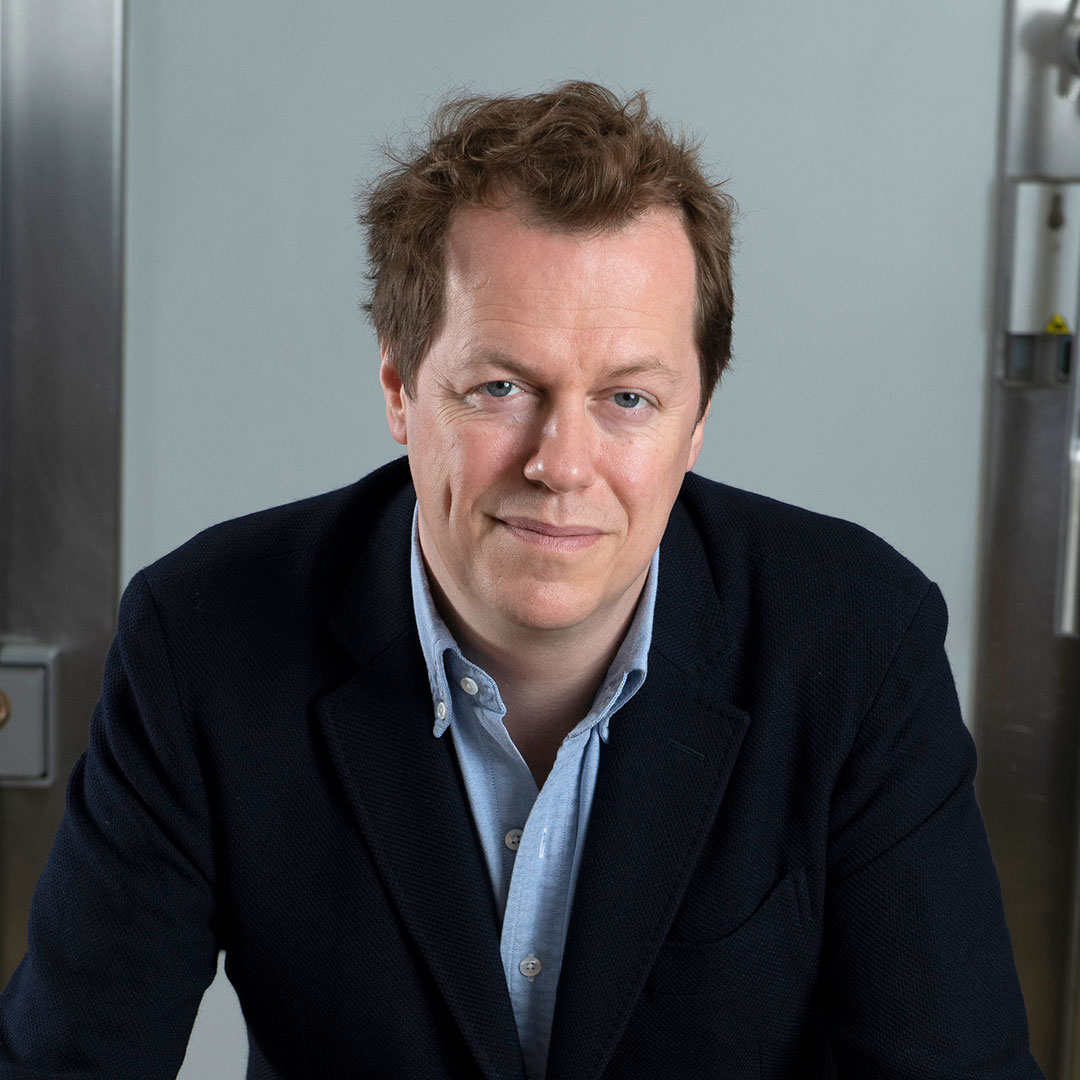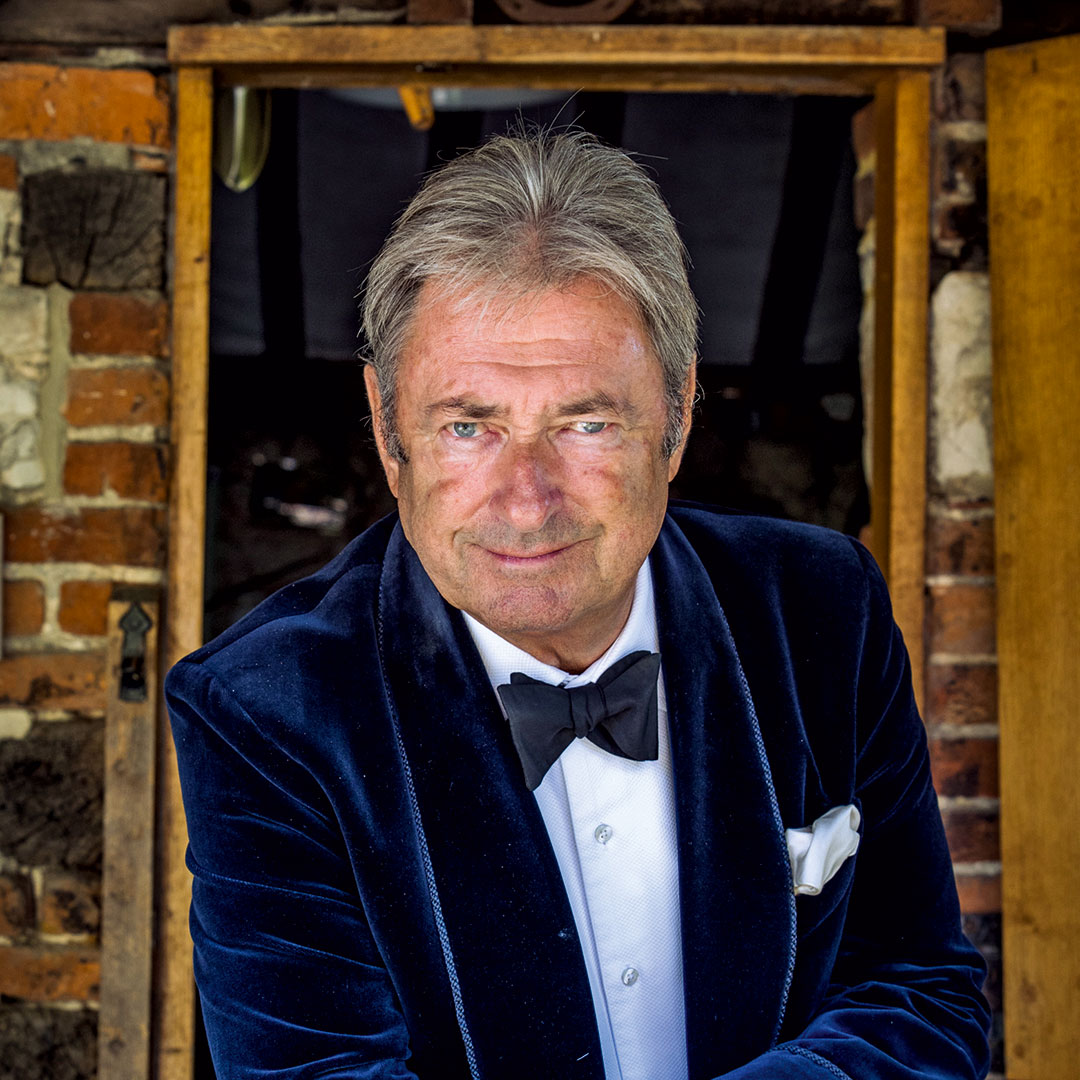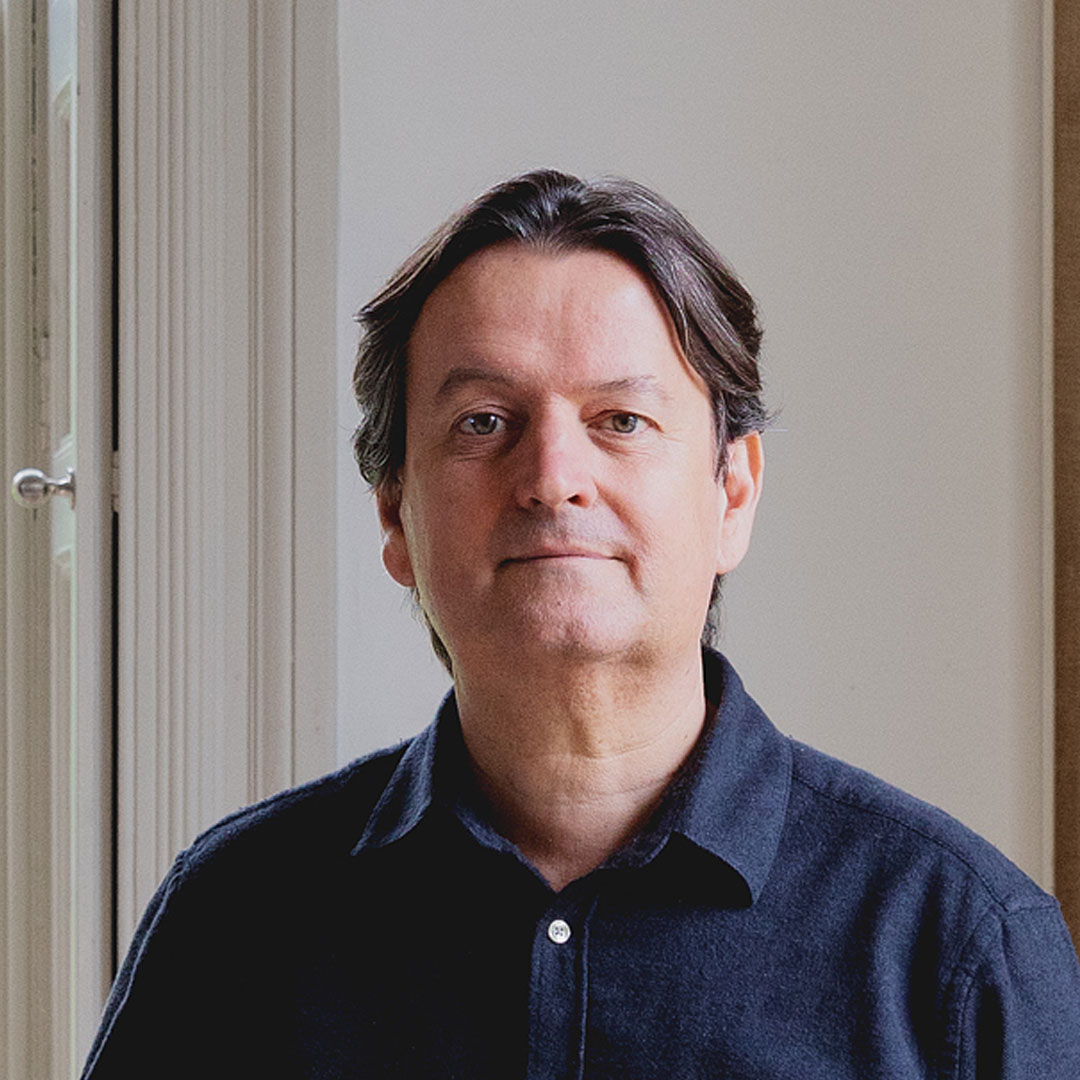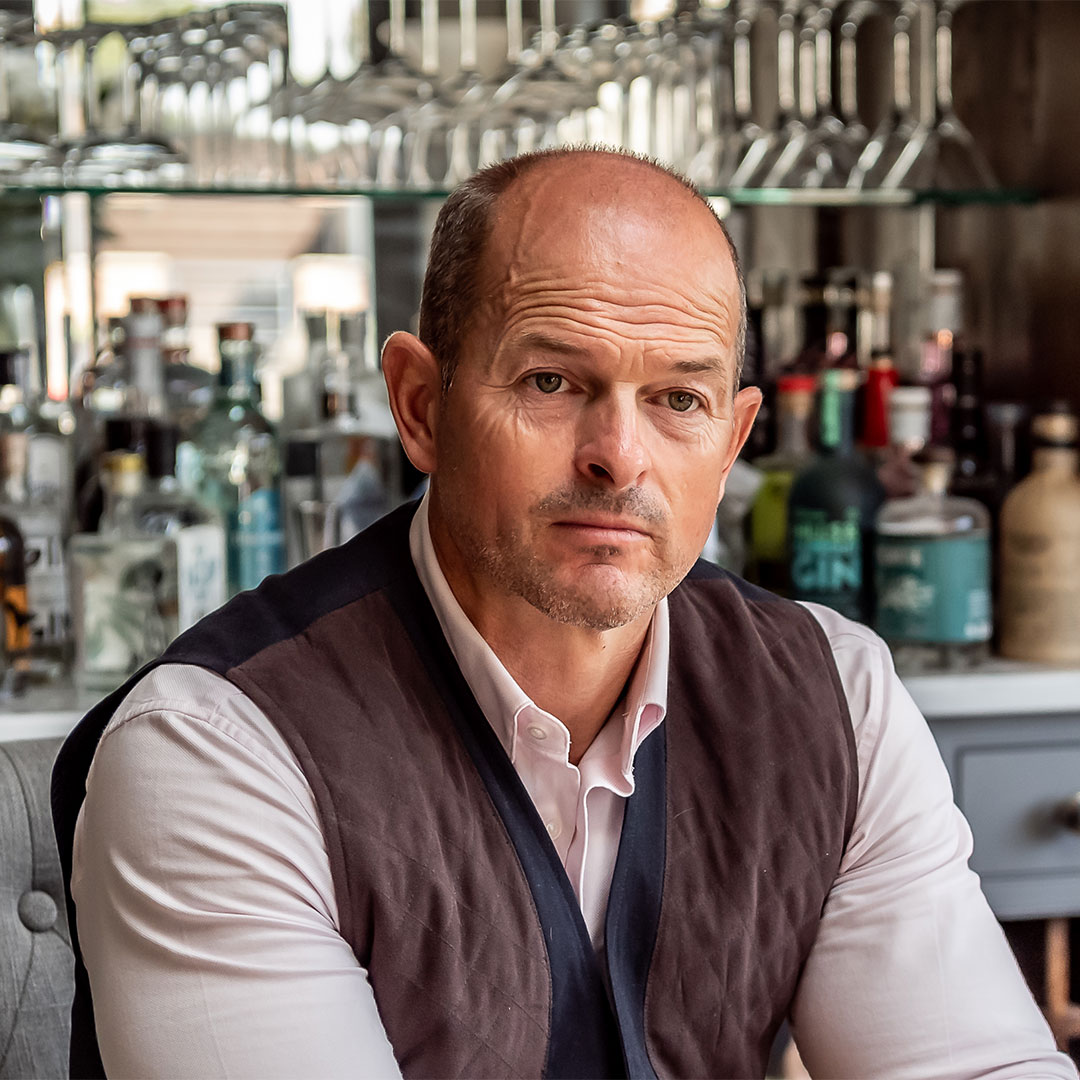-
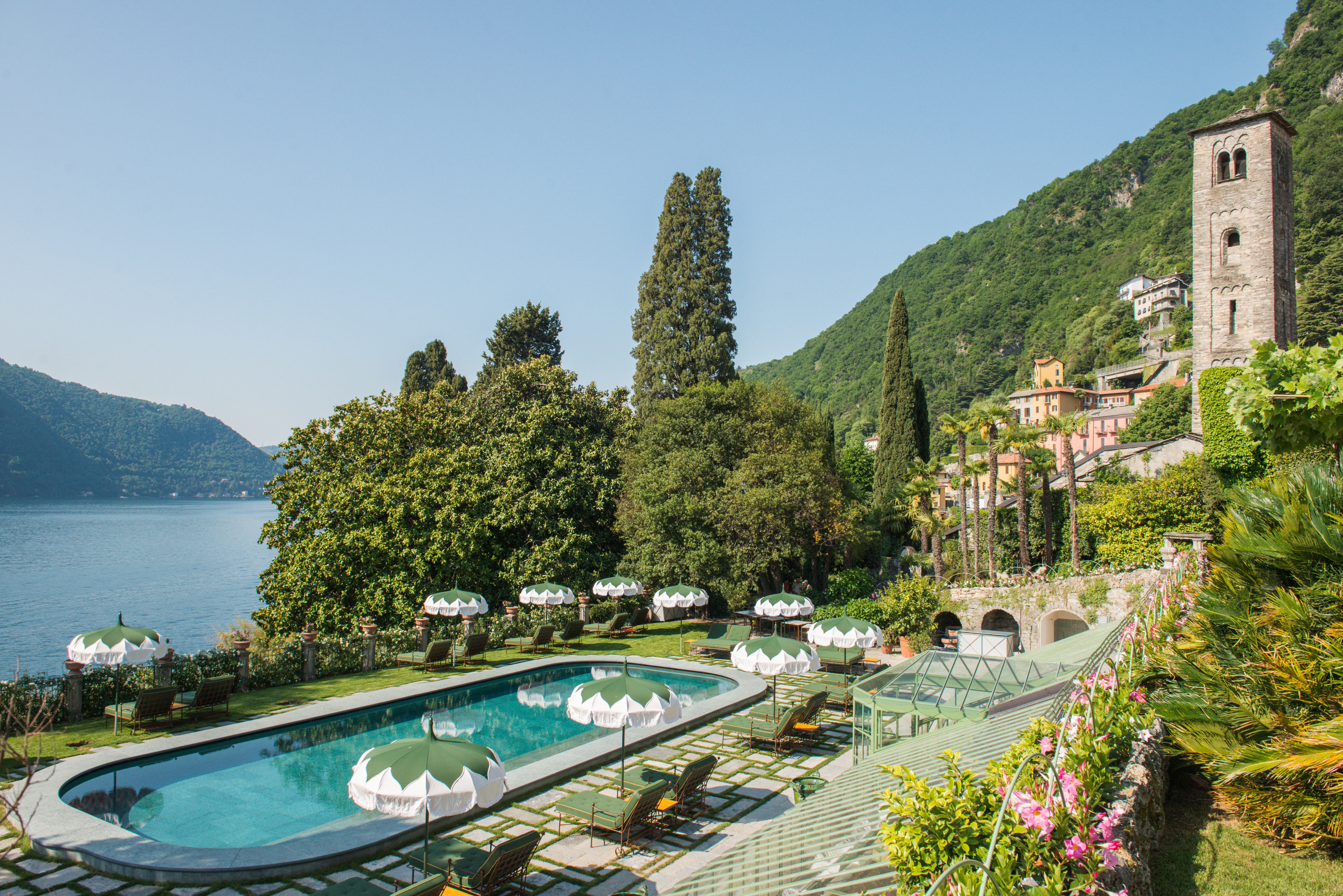
The ‘utterly unique’ skincare brand that’s used in the ‘world’s best hotel’ spa
By Rosie Paterson
-
-

Britain's longest suspension bridge? Country Life Quiz of the Day, May 12, 2025
By Country Life
-
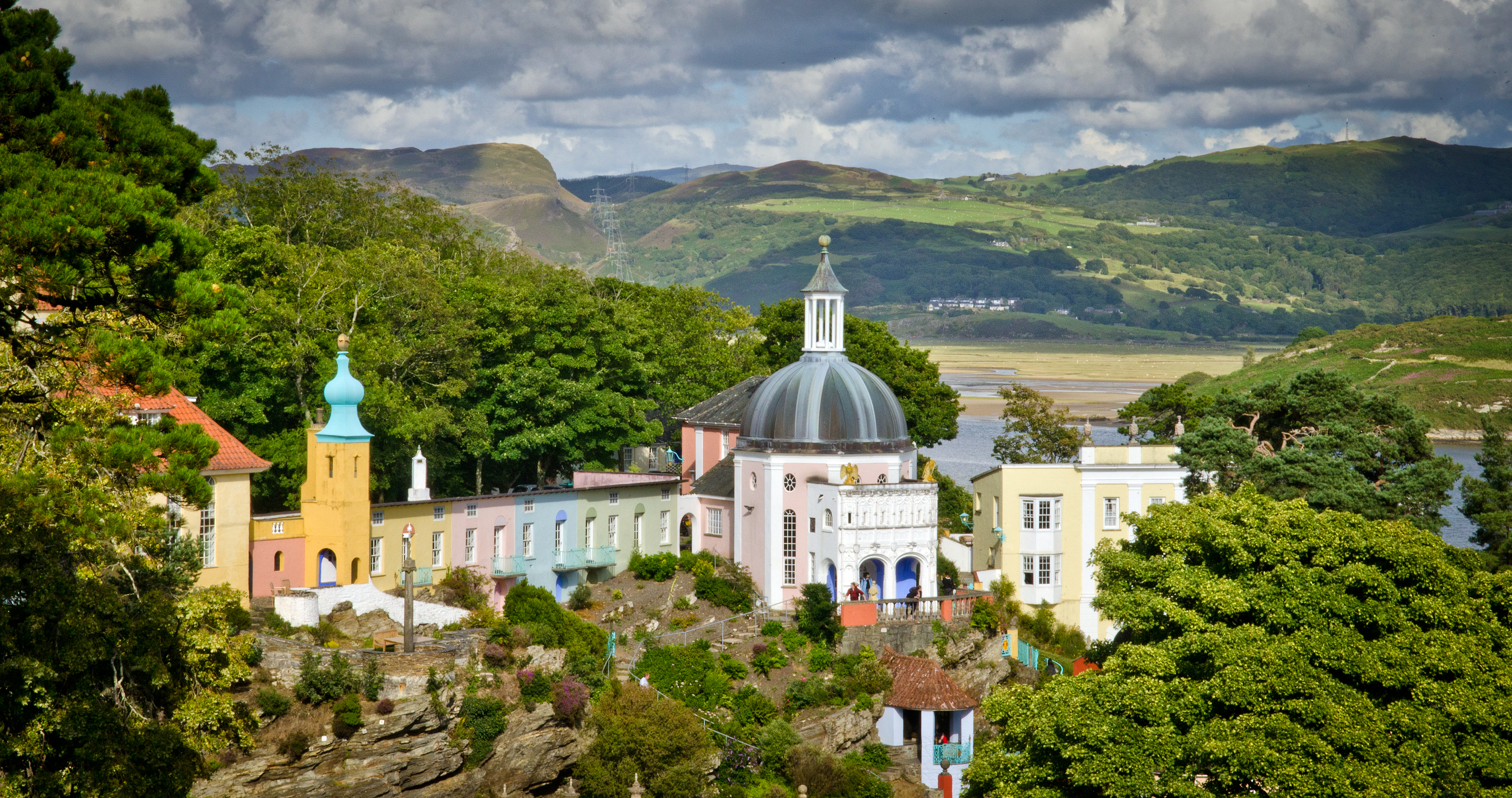
‘If Portmeirion began life as an oddity, it has evolved into something of a phenomenon’: Celebrating a century of Britain’s most eccentric village
By Ben Lerwill
-

The final designs for Queen Elizabeth II's national memorial have been released — now it's time to have your say
By Annunciata Elwes
-
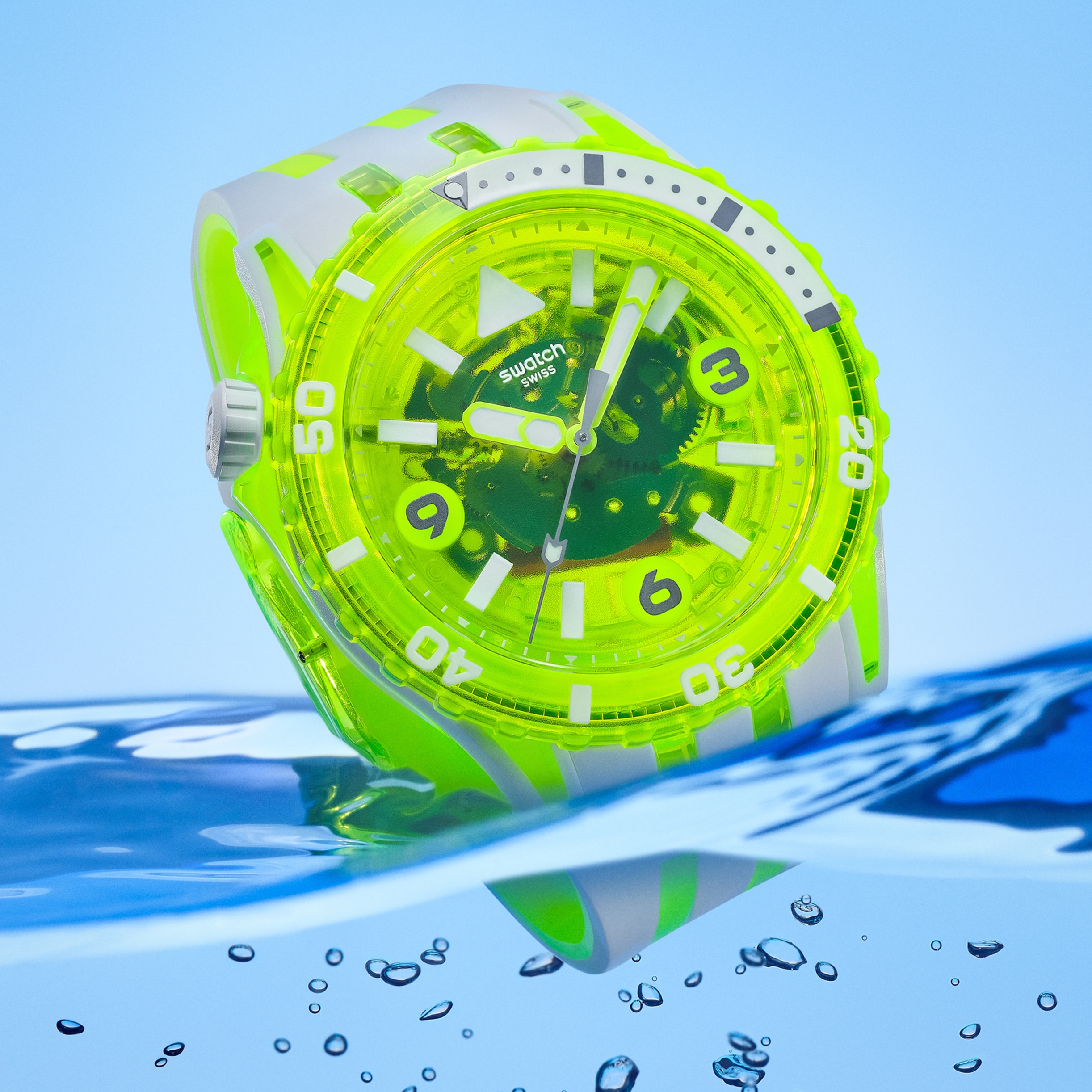
The Swatch ScubAqua collection is ‘a Woolworths pick-and-mix counter for your wrist’
By Chris Hall
-

Five Cotswold dream homes on the market from £3m to £18m, as seen in Country Life
By Toby Keel
-
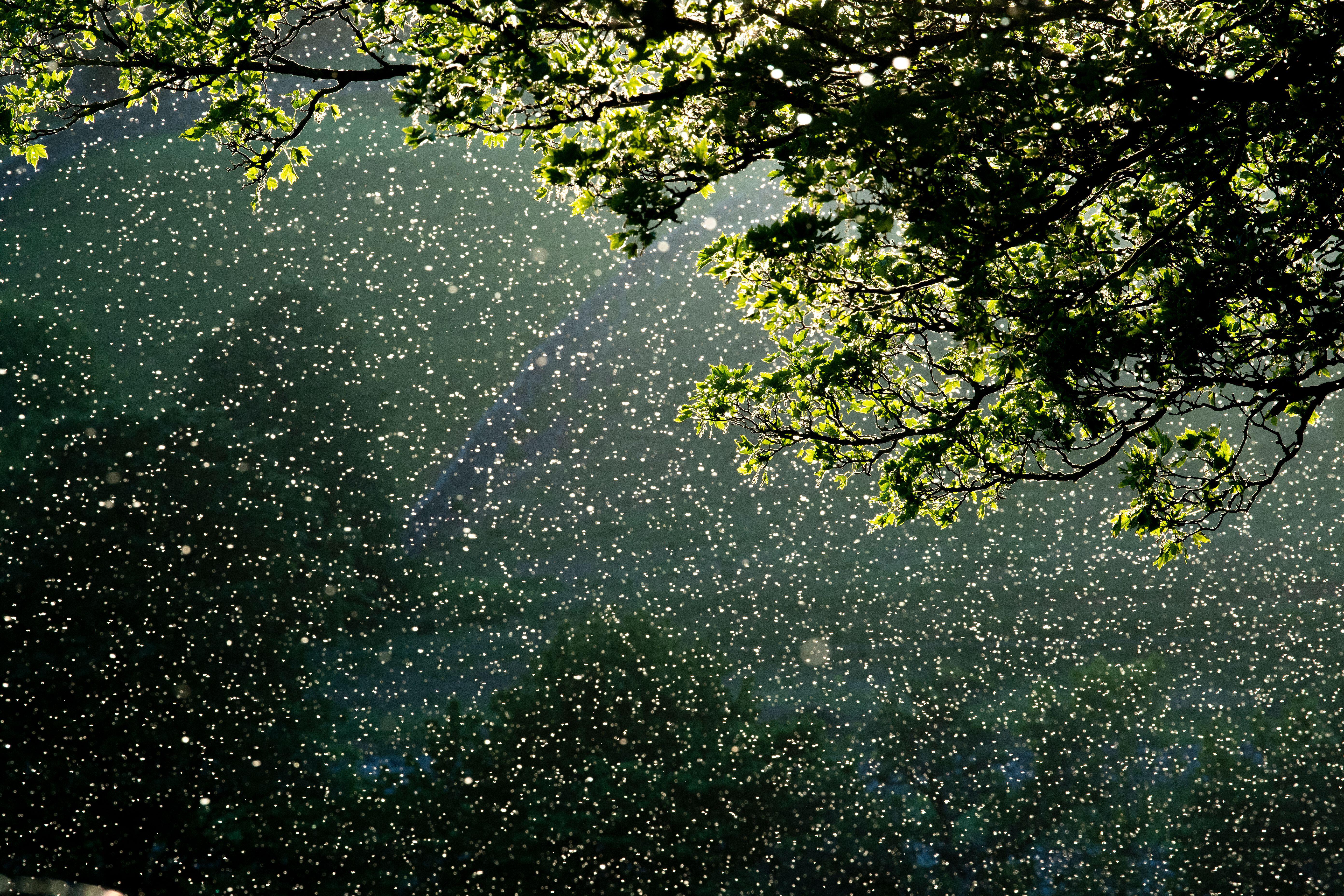
Here Today, Gone Tomorrow: 'Nature’s ephemeral beauty reminds us of our own finite existence'
By Laura Parker
-
Sign up for the Country Life Newsletter
Exquisite houses, the beauty of Nature, and how to get the most from your life, straight to your inbox.
PEOPLE & PLACES
-
-
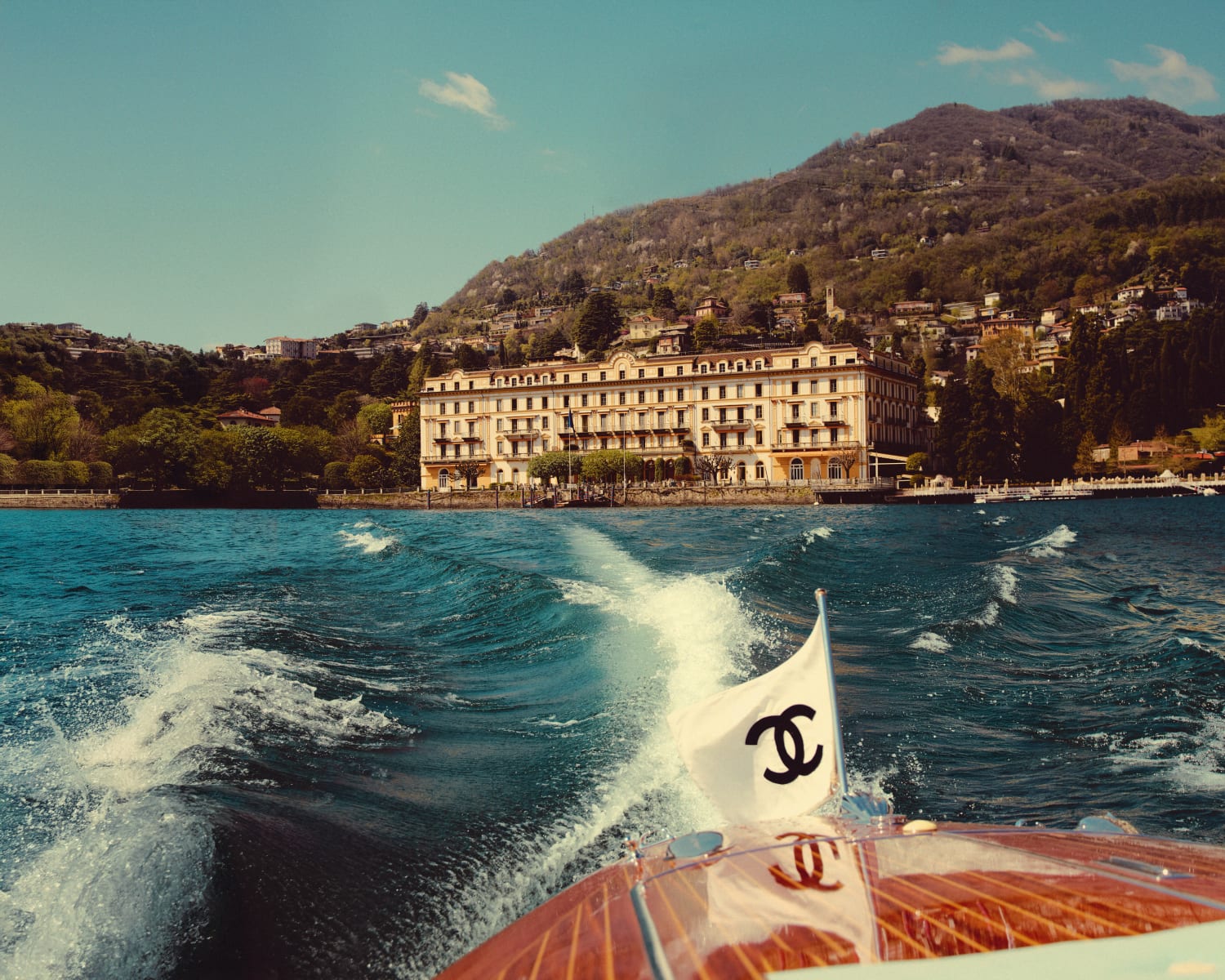
Chanel takes a cruise around Lake Como
-
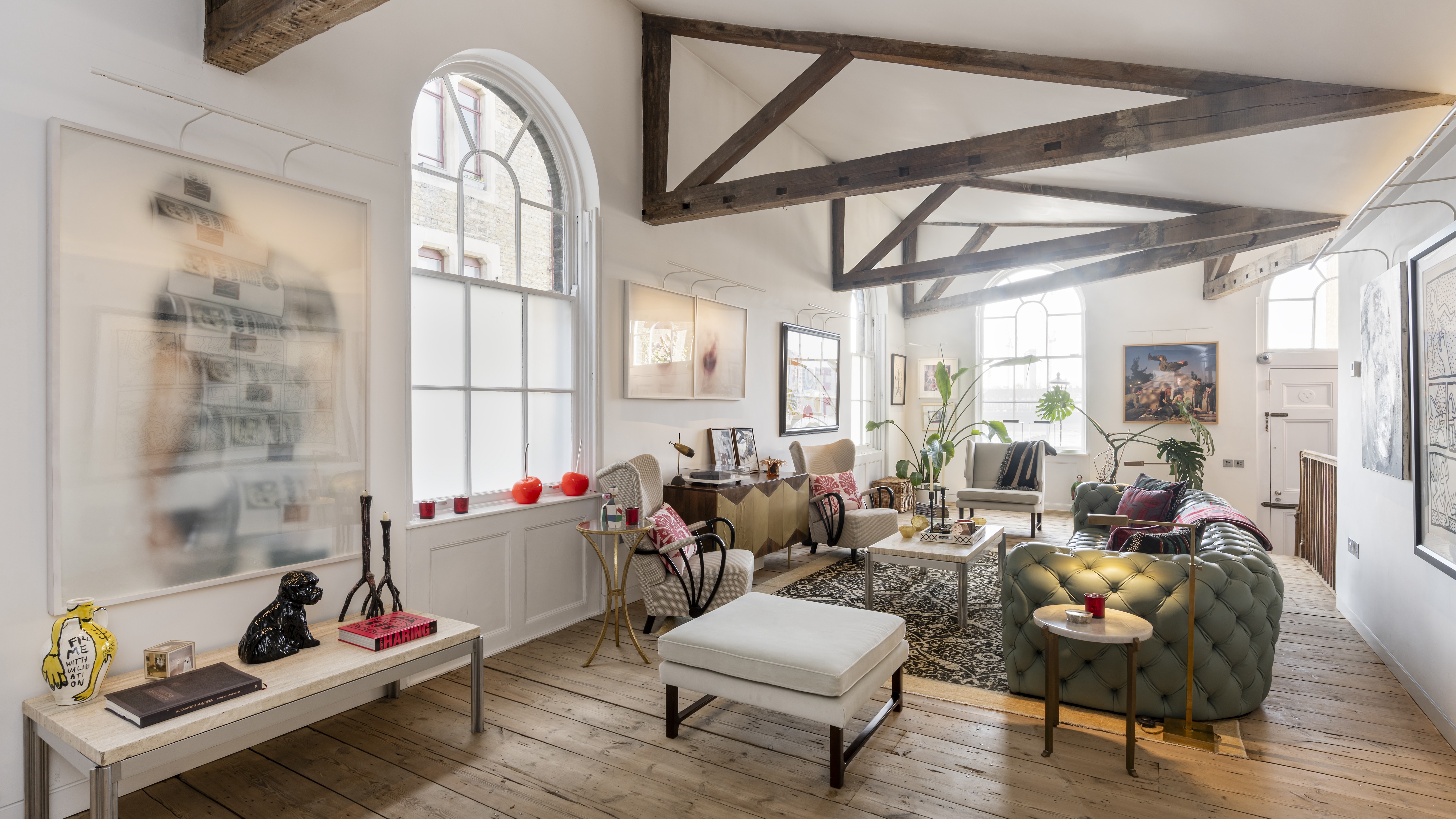
Graham Norton's elegant East London home hits the market, and it's just as wonderful as you would expect
-
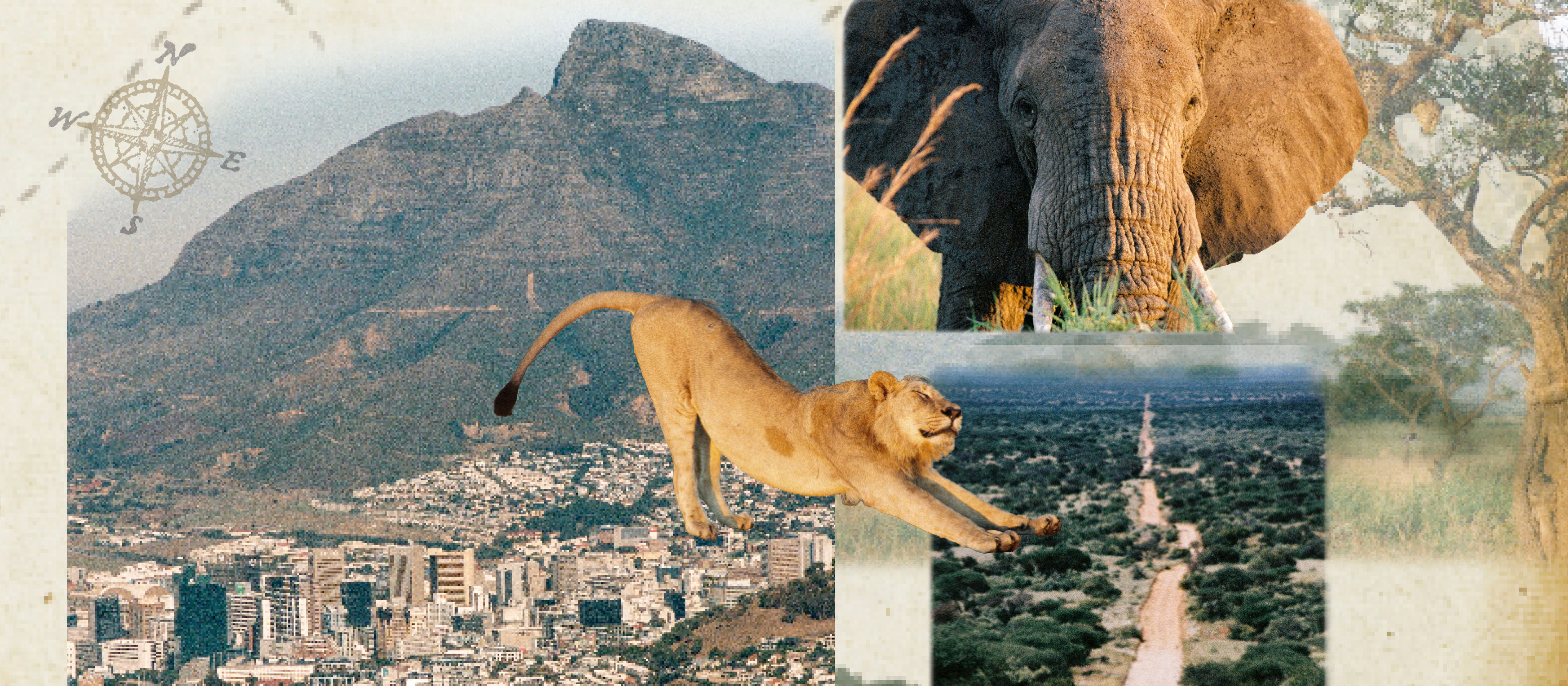
Vertigo at Victoria Falls, a sunset surrounded by lions and swimming in the Nile: A journey from Cape Town to Cairo
-
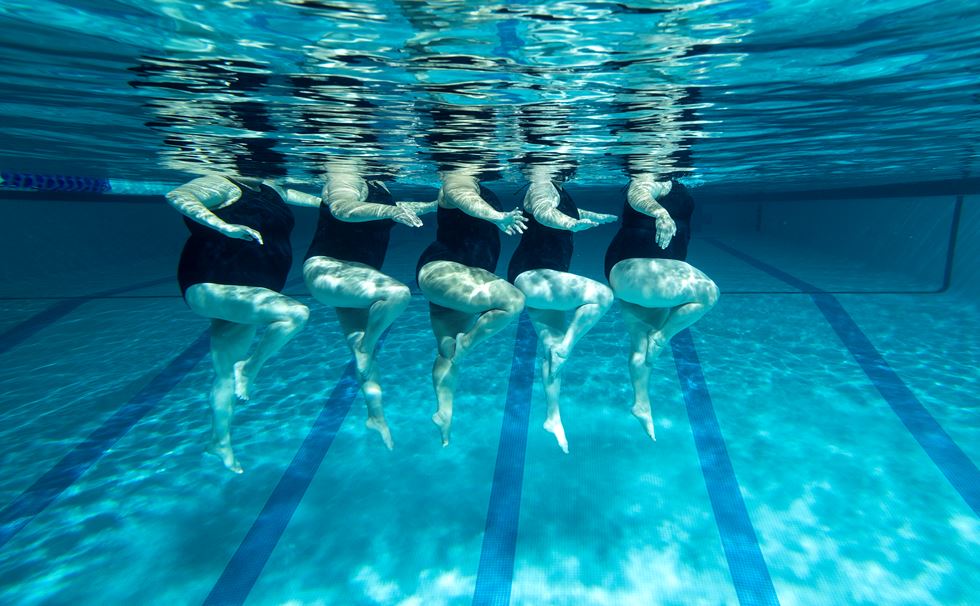
Splash! A Century of Swimming and Style: A whistle-stop history, from the Roman Baths to Hampstead Heath
-
Property
View all Property-

Five Cotswold dream homes on the market from £3m to £18m, as seen in Country Life
By Toby Keel
-
-
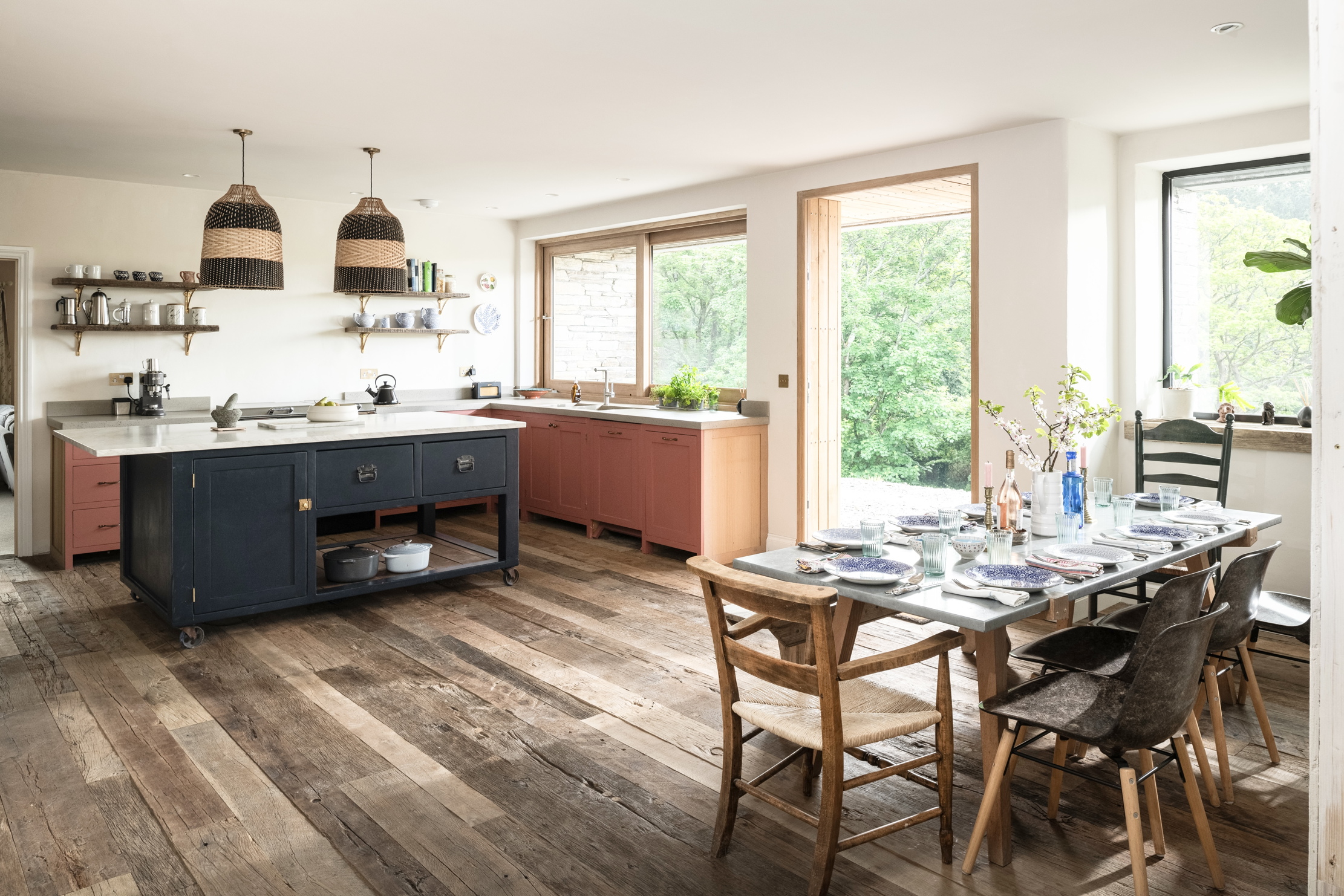
A modern masterpiece for sale in Cornwall that's just one mile from the beach
By James Fisher
-

A rollercoaster, Bauhaus department store and Brutalist football stand top the latest Buildings at Risk List
By Jack Watkins
-
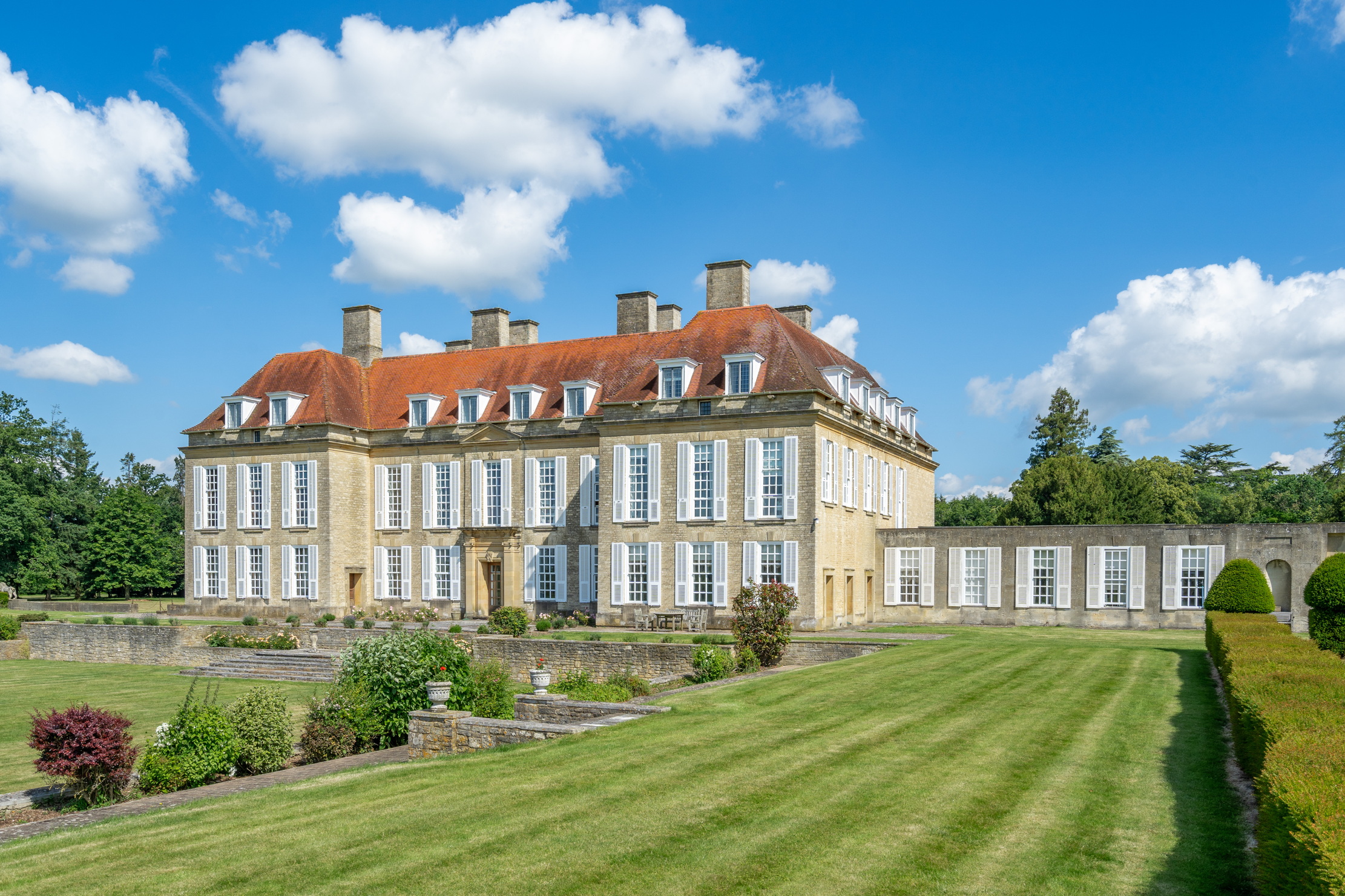
Lutyens's last masterpiece comes up for sale in Oxfordshire, with 27 bedrooms and a cricket pitch
By James Fisher
-
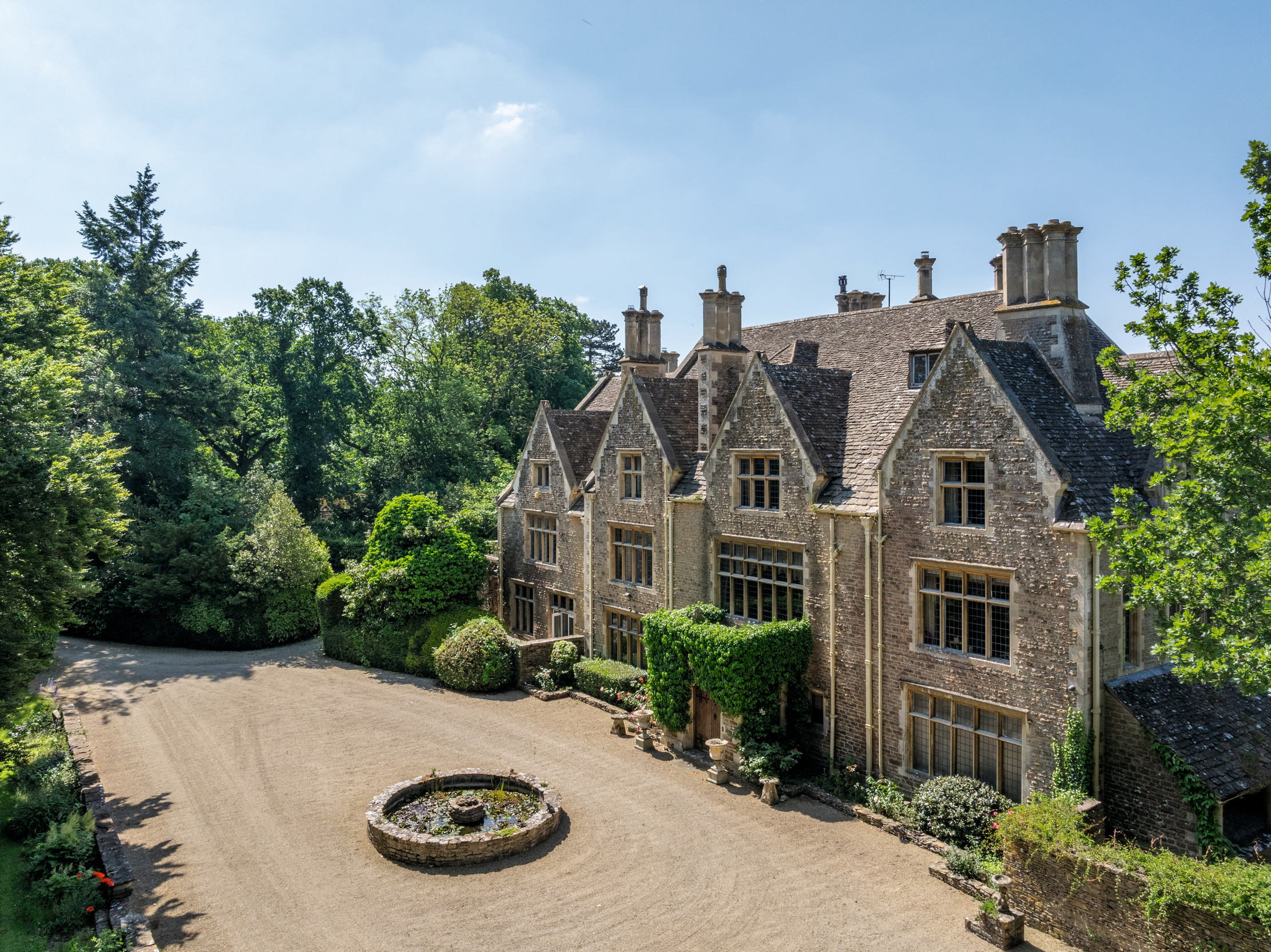
A 10-bedroom manor house in the heart of the Cotswolds with all the trimmings
By Penny Churchill
-

A seven bedroom Buckinghamshire rectory that might be a little haunted
By James Fisher
-
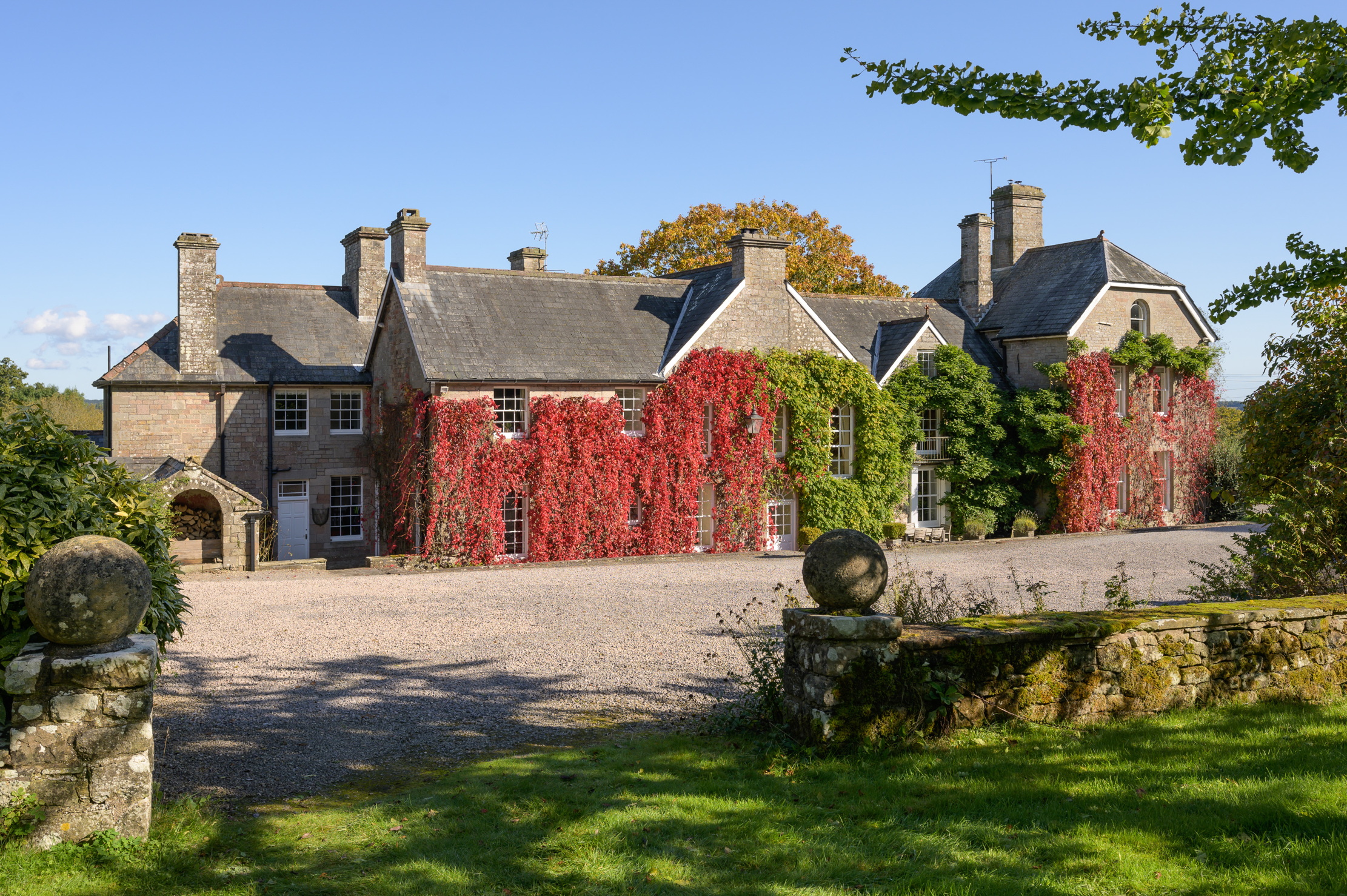
Over the Hills and Far Away: Robert Plant's Welsh hideaway is up for sale
By James Fisher
-
Our expert voices
Interiors
View All Interiors-
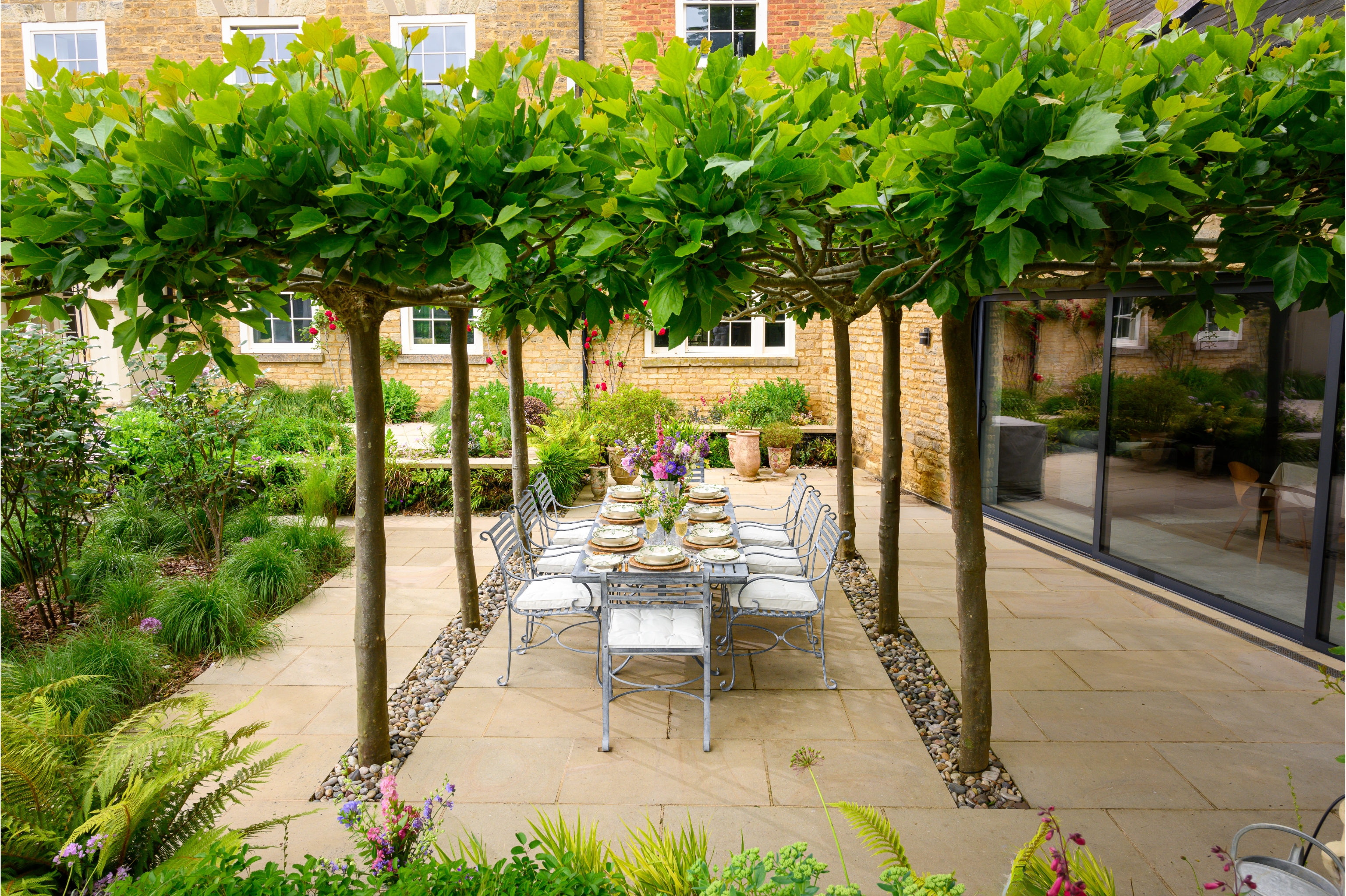
18 inspiring ideas to help you make the most of meals in the garden this summer
By Amelia Thorpe
-
-
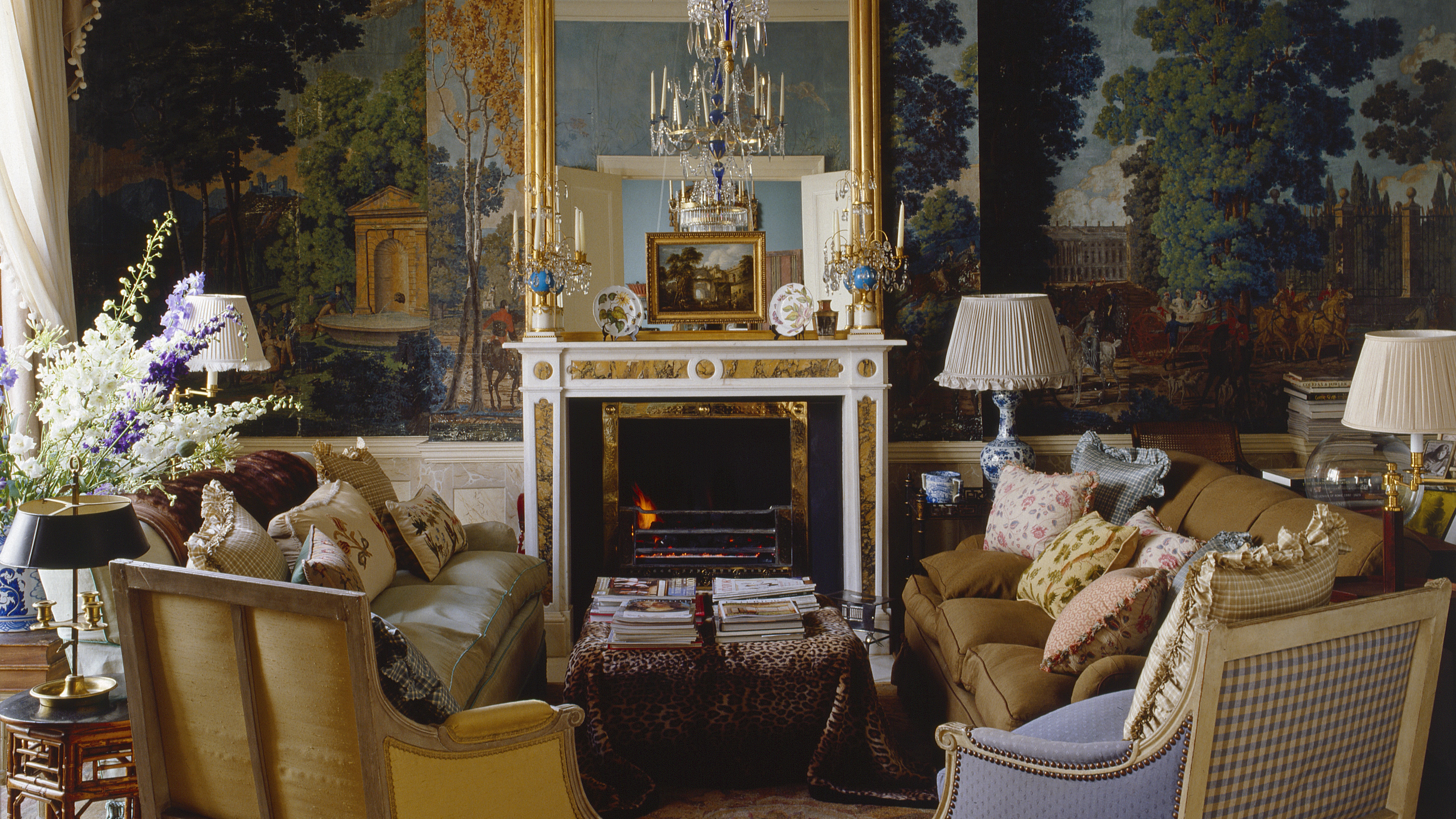
The designer's room: How rare, 19th-century wallpaper was repurposed inside a Grade I-listed apartment complex on London's Piccadilly
By Arabella Youens
-
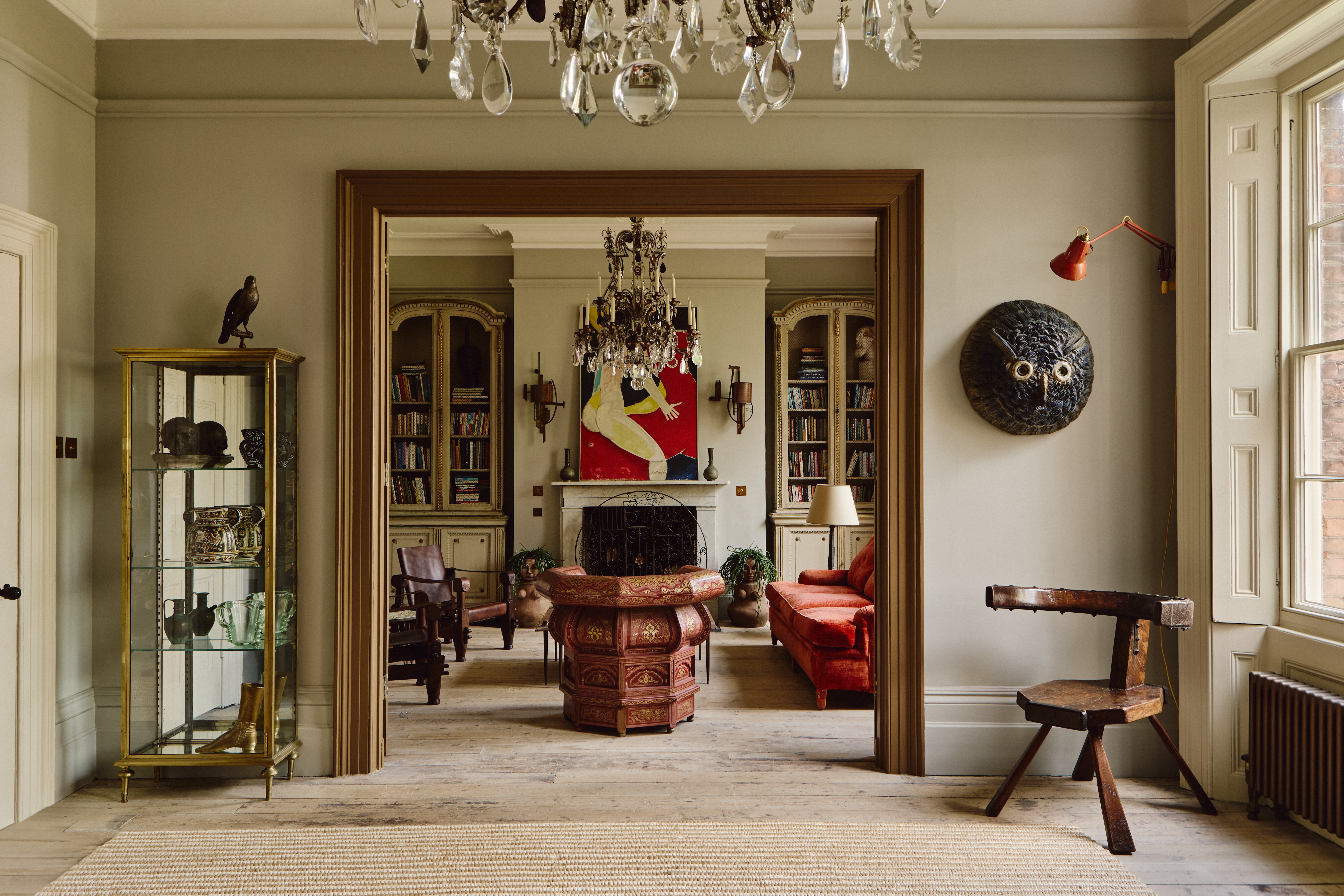
‘It had the air of an ex-rental, and that’s putting it politely’: How an antique dealer transformed a run-down Georgian house in Chatham Dockyards
By Arabella Youens
-
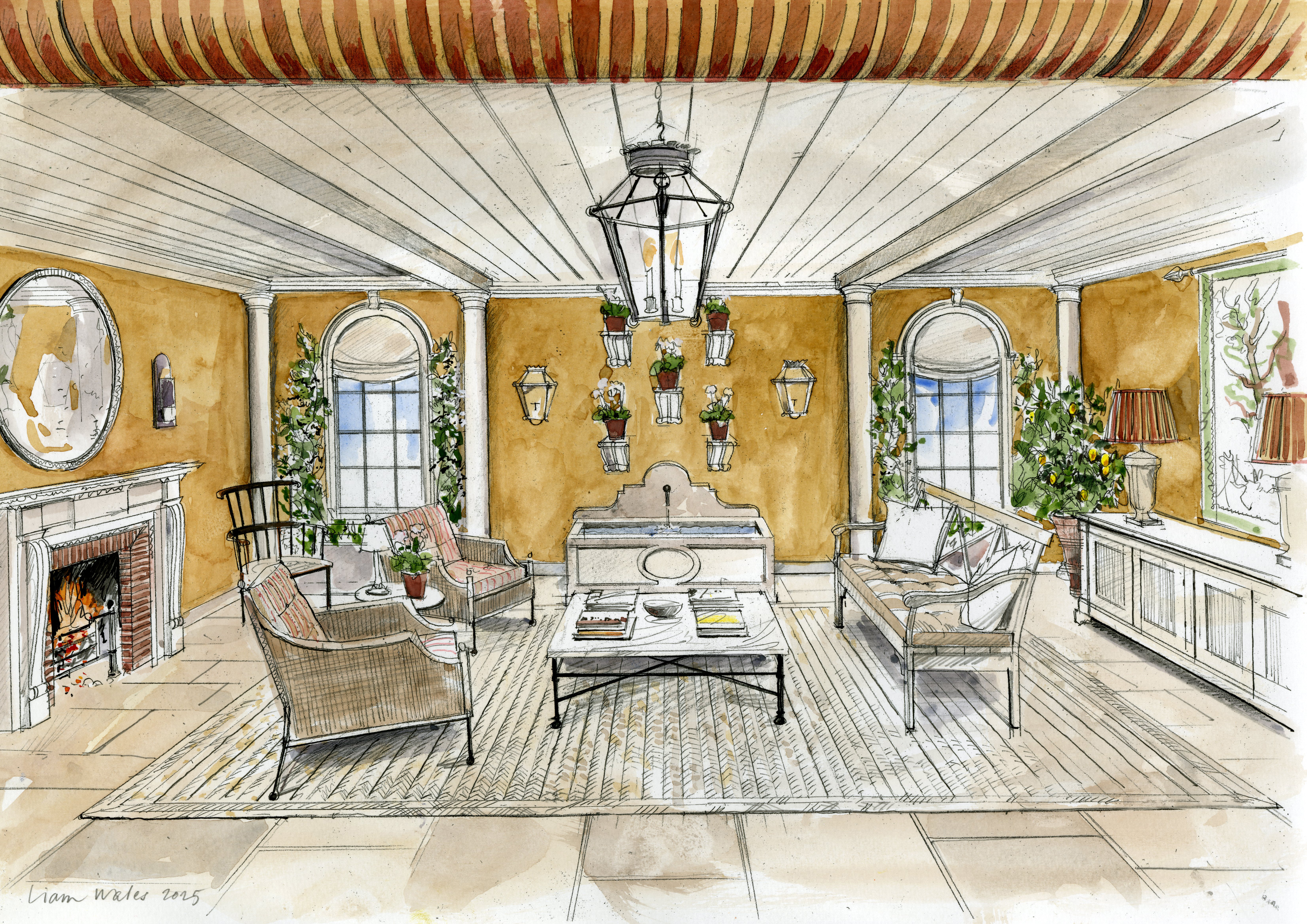
The big reveal: A first look at Country Life's RHS Chelsea Flower Show stand
By Country Life
-
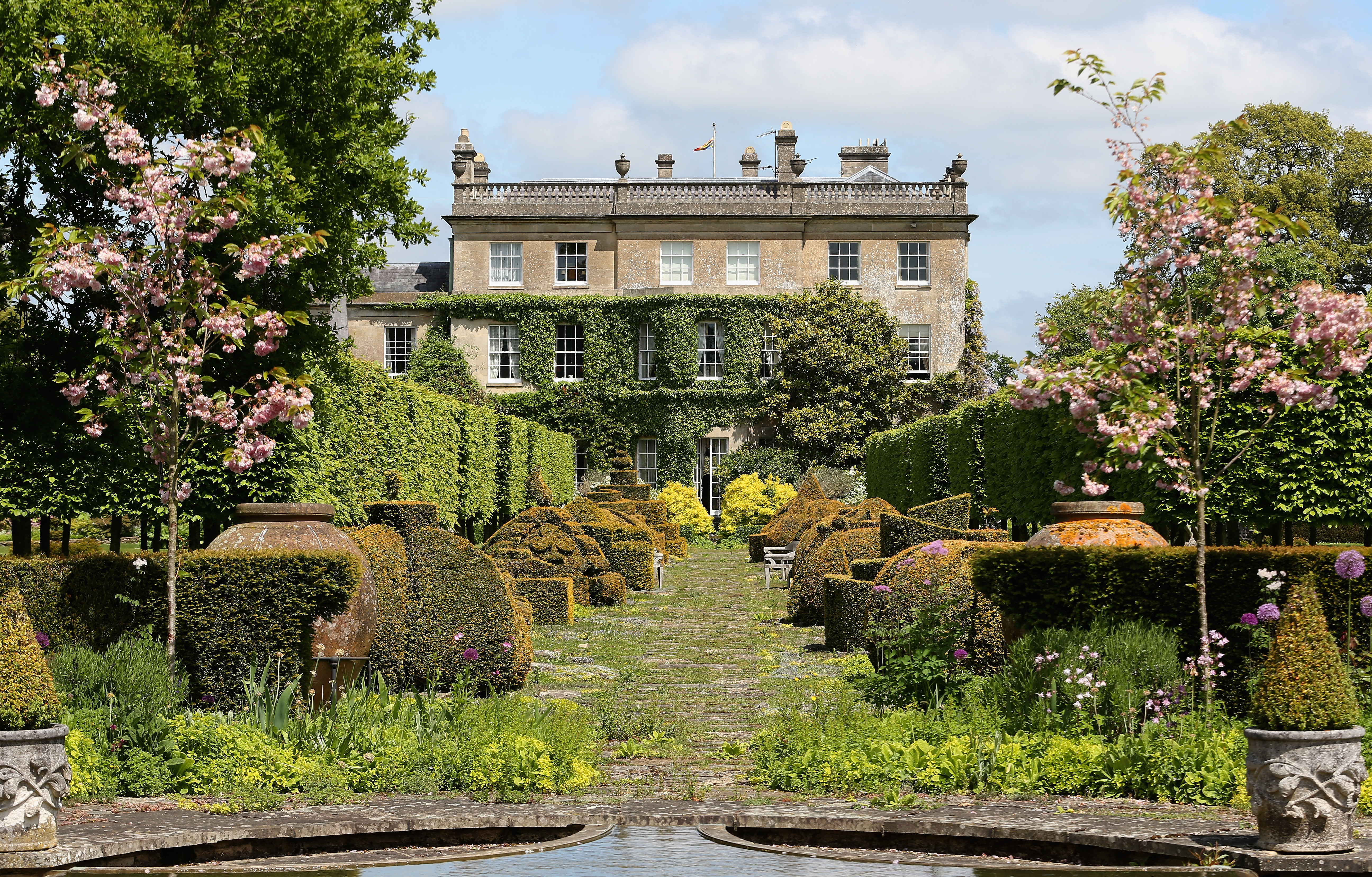
Sanderson's new collection is inspired by The King's pride and joy — his Gloucestershire garden
By Arabella Youens
-

Designer's Room: A solid oak French kitchen that's been cleverly engineered to last
By Amelia Thorpe
-
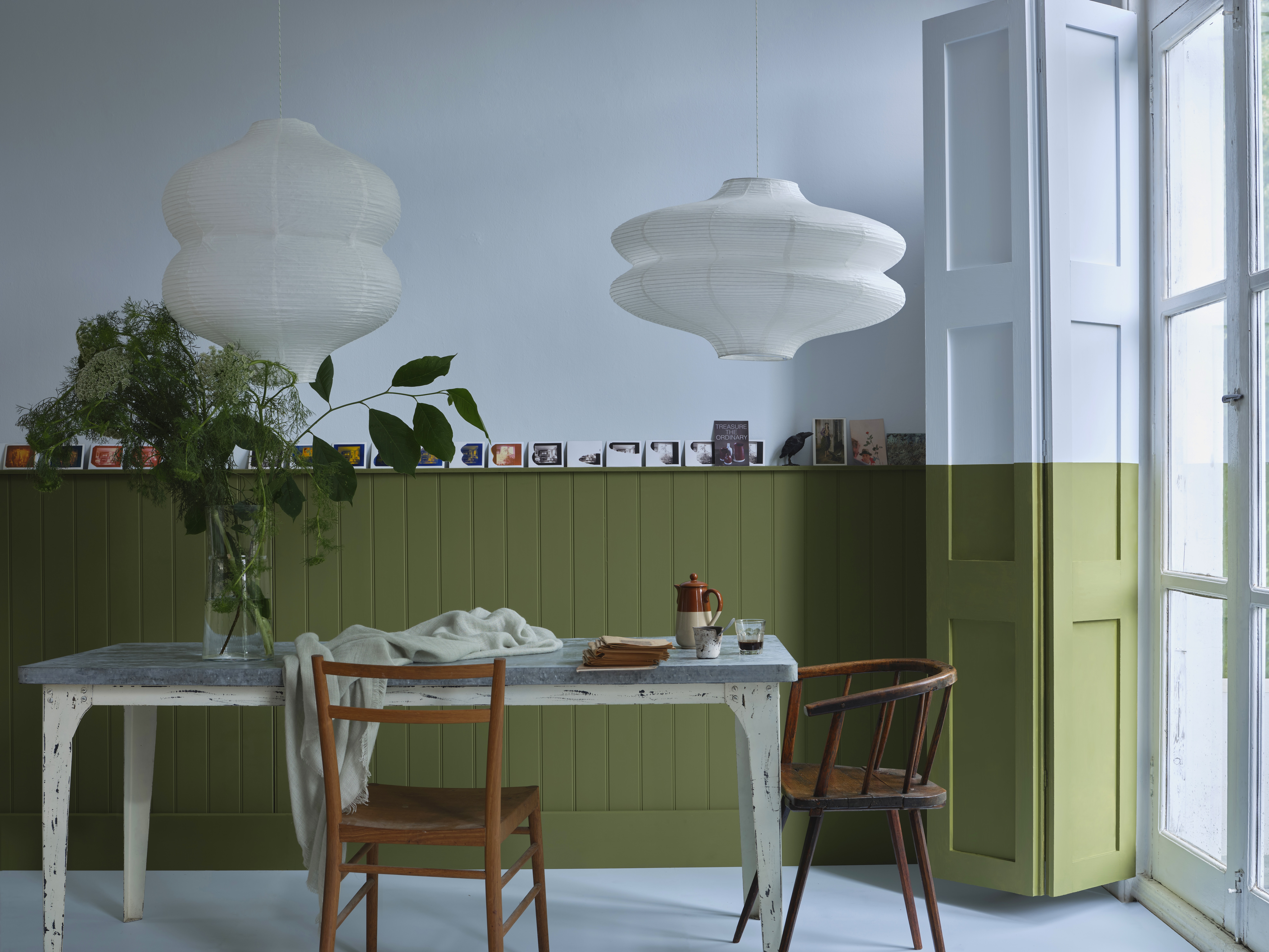
John Sutcliffe — The man, the myth and the paint-naming legend behind Dead Salmon and Elephant's Breath
By Carla Passino
-
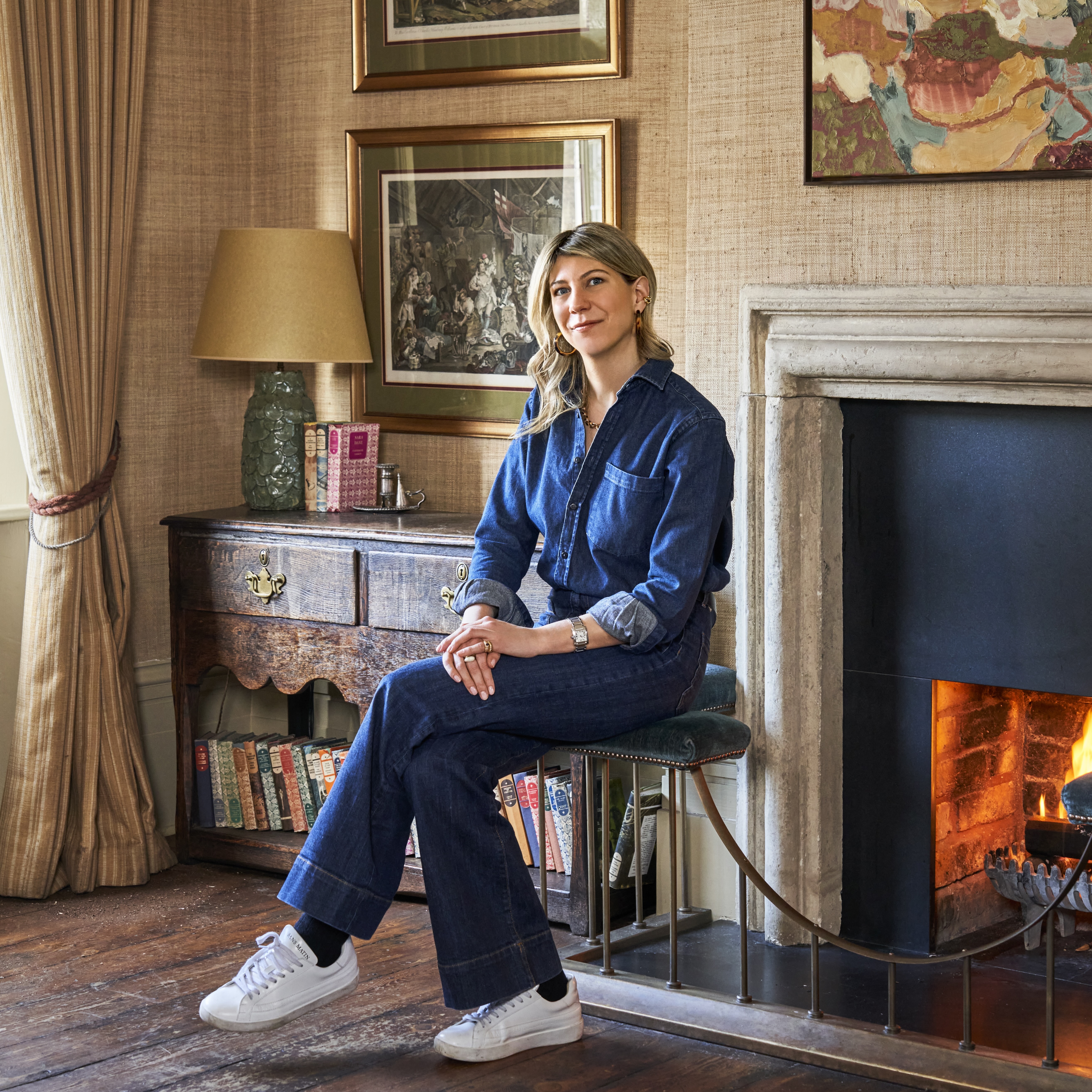
The power of the youthful gaze: A new generation tackles modern day design conundrums
By Arabella Youens
-
LIFE & STYLE
View All LIFE & STYLE-
-
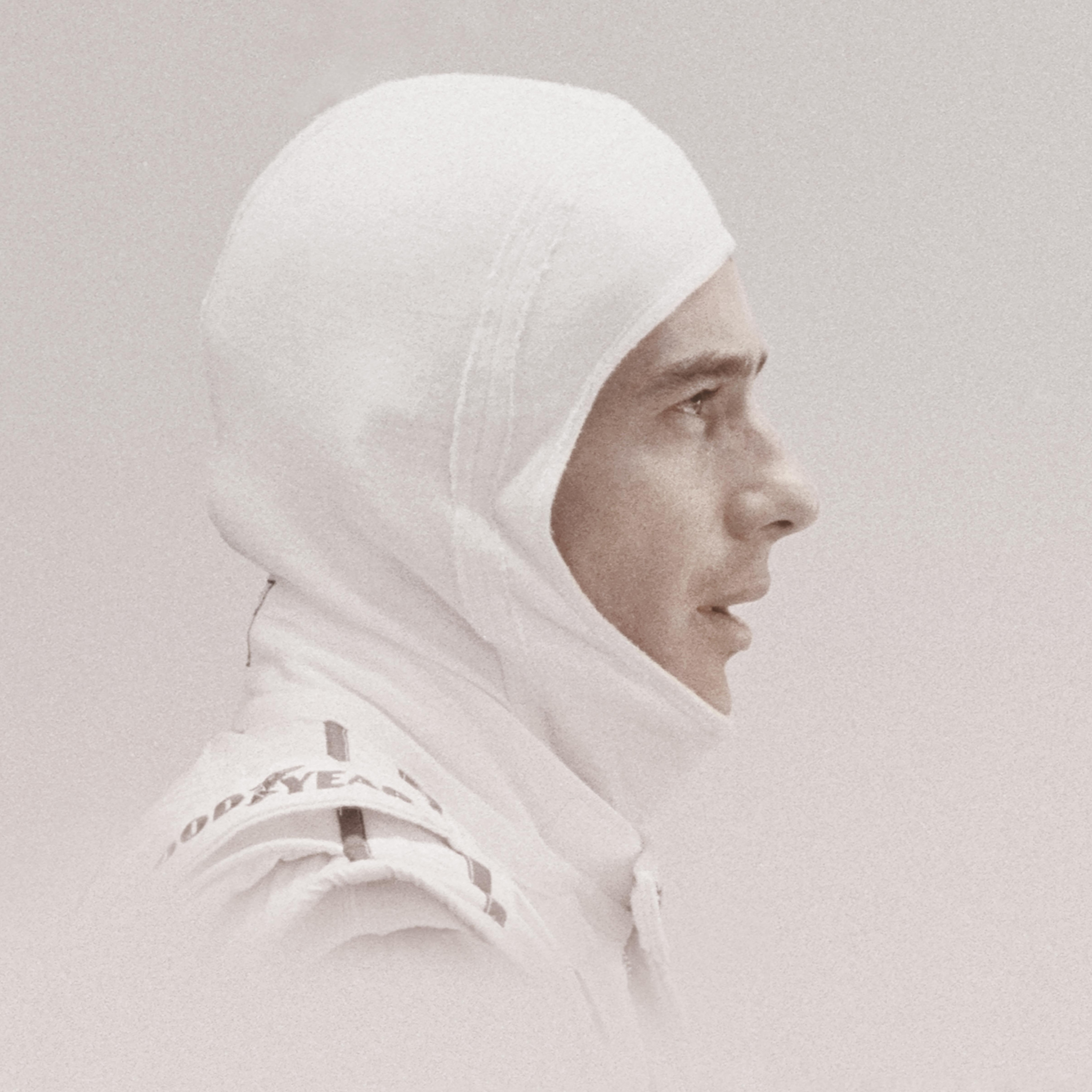
The last ‘private’ photograph of F1 driver Ayrton Senna taken before his death goes on display in London
By Rosie Paterson
-

Lotus Emira Turbo SE: If you want to experience the last 'real' Lotus, now is the time
By Simon De Burton
-
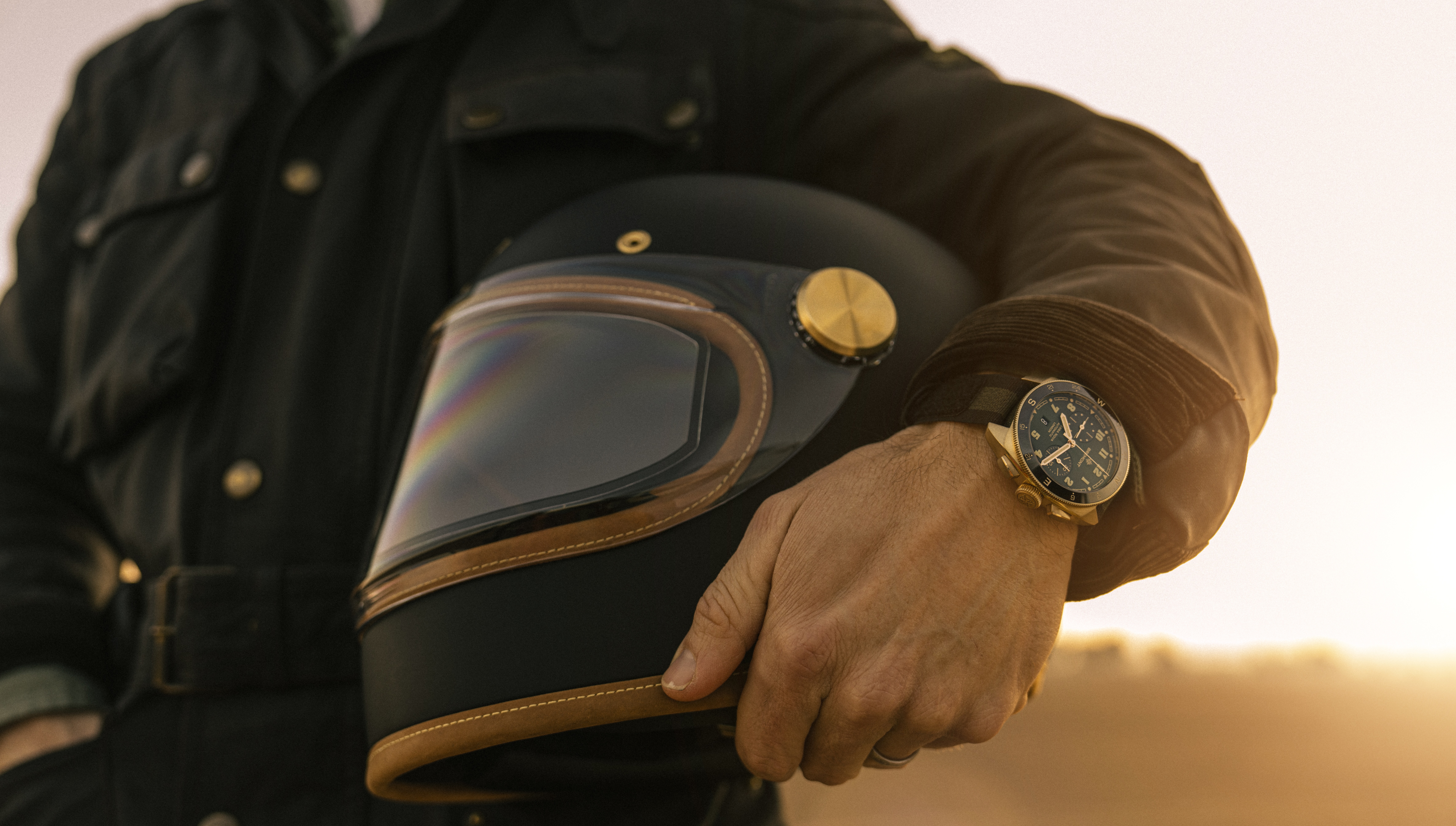
The chronograph watch: 'You can use it to time a furlong, a boat race, a lap of a Grand Prix or, for that matter, an egg'
By Nick Foulkes
-
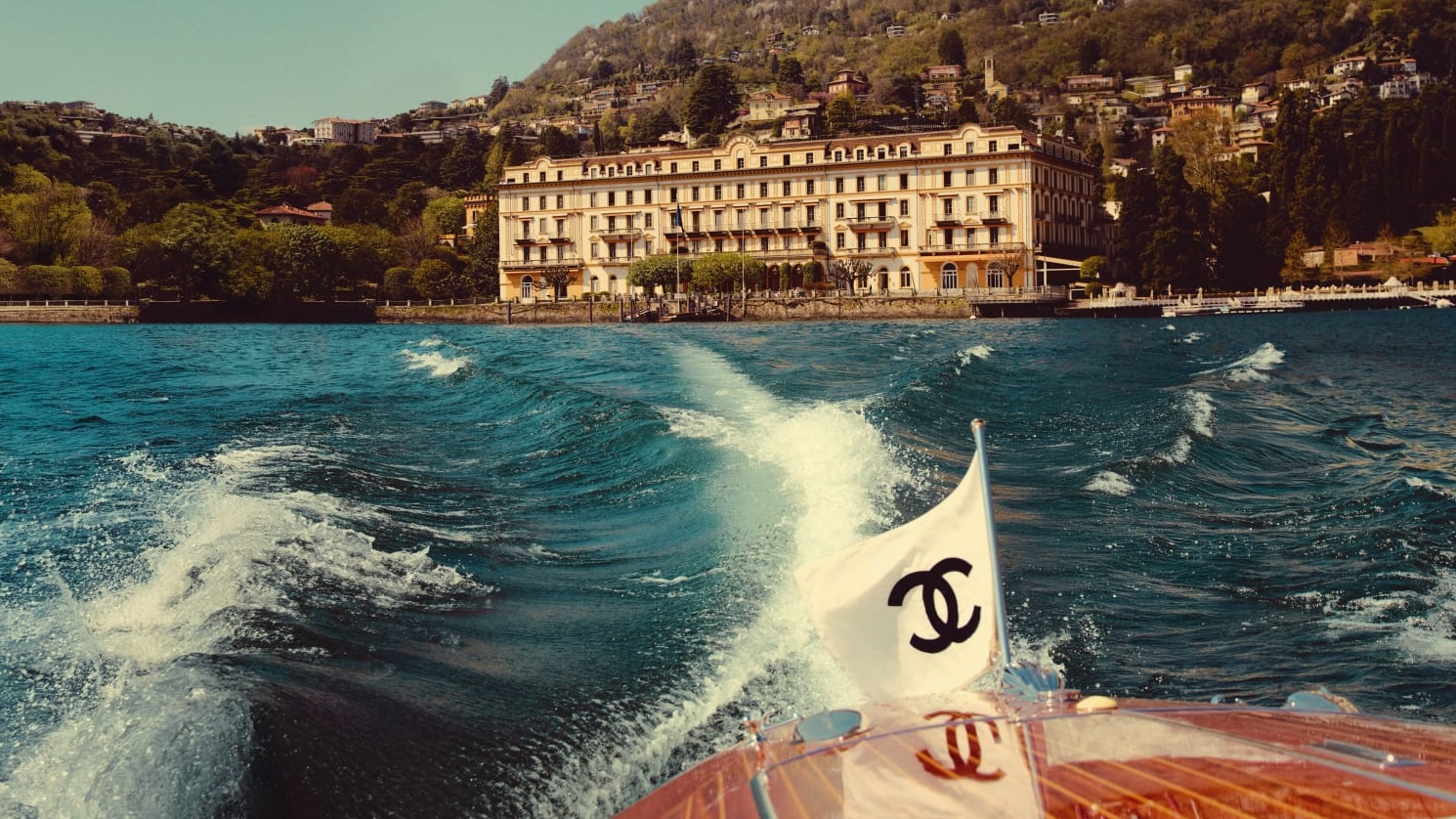
Chanel takes a cruise around Lake Como
By Will Hosie
-
COUNTRYSIDE
View All THE COUNTRYSIDE-
-

Here Today, Gone Tomorrow: 'Nature’s ephemeral beauty reminds us of our own finite existence'
By Laura Parker
-

'All the floral world wants to do is procreate': Why pollen is nothing to sneeze at
By Ian Morton
-

Polluting water executives now face up to two years in prison, but will the new laws make much of a difference?
By Lotte Brundle
-
Gardens
View All Gardens-

10 outstanding British gardens from the Country Life Archive
By Melanie Bryan
-
-

A new rose named after The Princess of Wales highlights our near-universal obsession with the flower
By Amy de la Haye
-
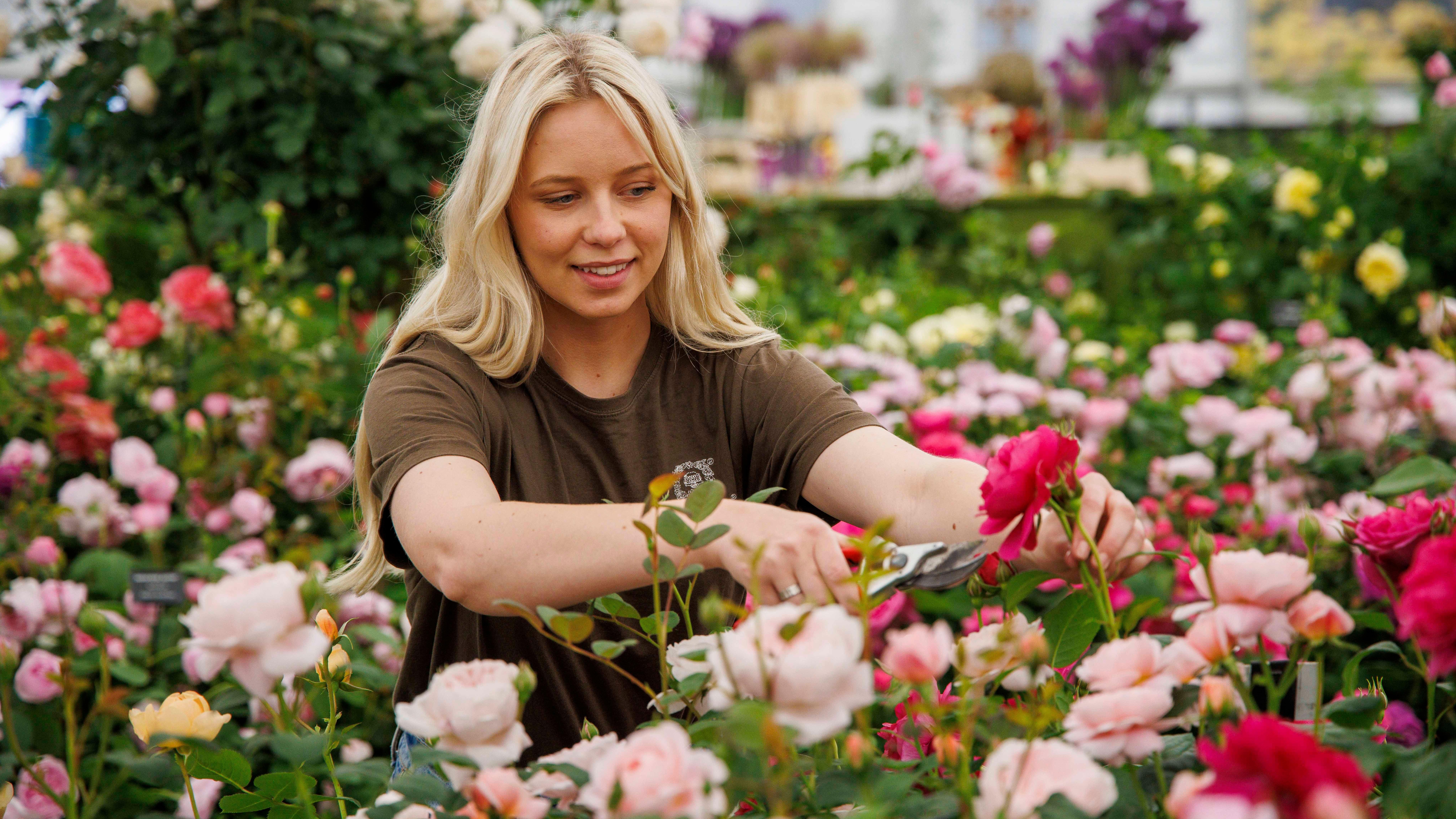
Chelsea Flower Show 2025: The essential guide for first timers
By Tabi Jackson Gee
-
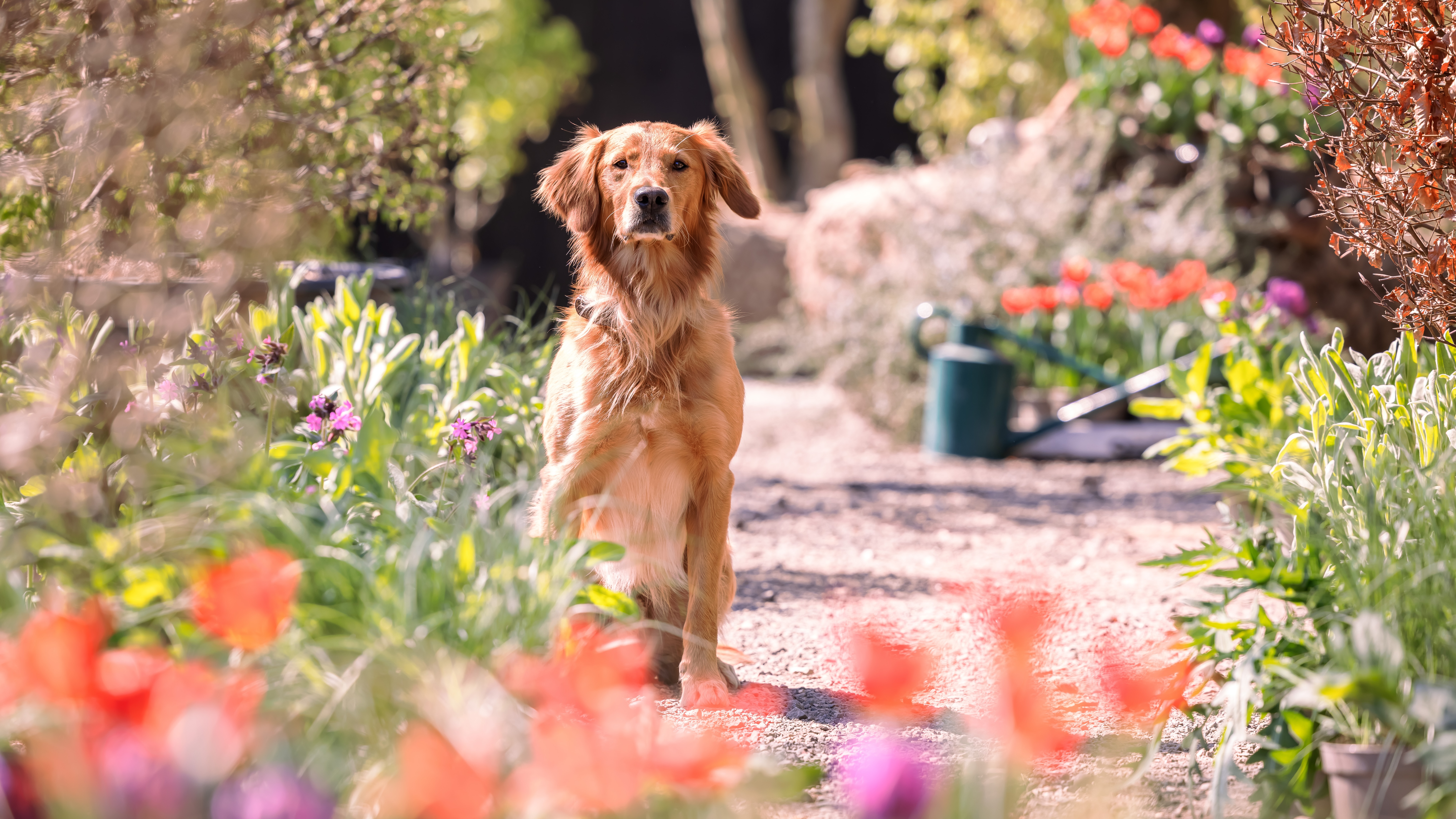
Chelsea Flower Show 2025: The first garden designed by a dog
By Annunciata Elwes
-

Testing times: Inside the RHS's Trials Garden at RHS Wisley
By Charles Quest-Ritson
-

Alan Titchmarsh: 'It’s all too easy to become swamped by the ‘to-do’ list, but give yourself a little time to savour the moment'
By Alan Titchmarsh
-
ART & CULTURE
View all ART & CULTURE-
-
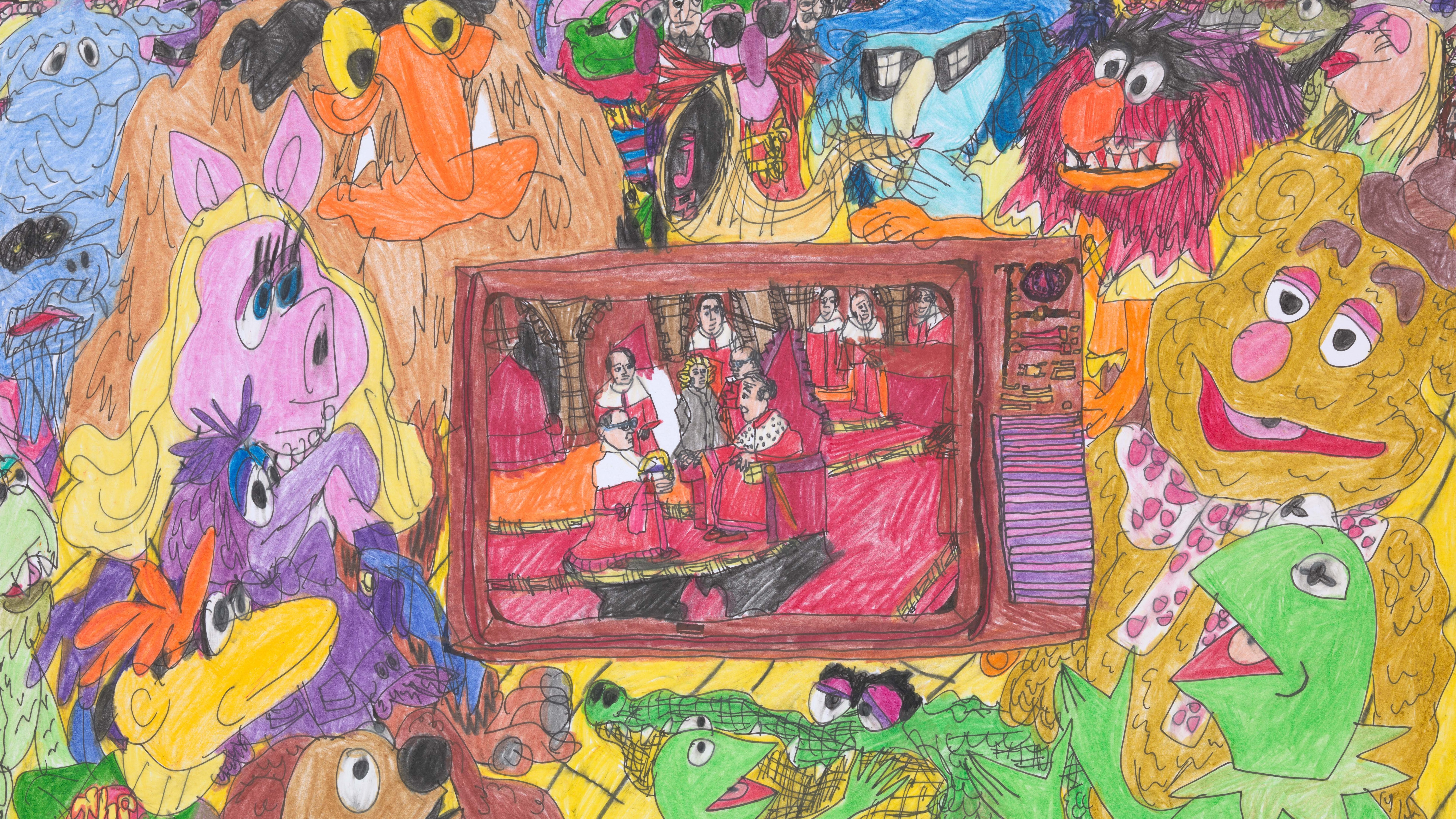
Kermit the frog, a silver-horned goat and Charles III’s 69ft-long coronation record star in a groundbreaking exhibition
By Carla Passino
-
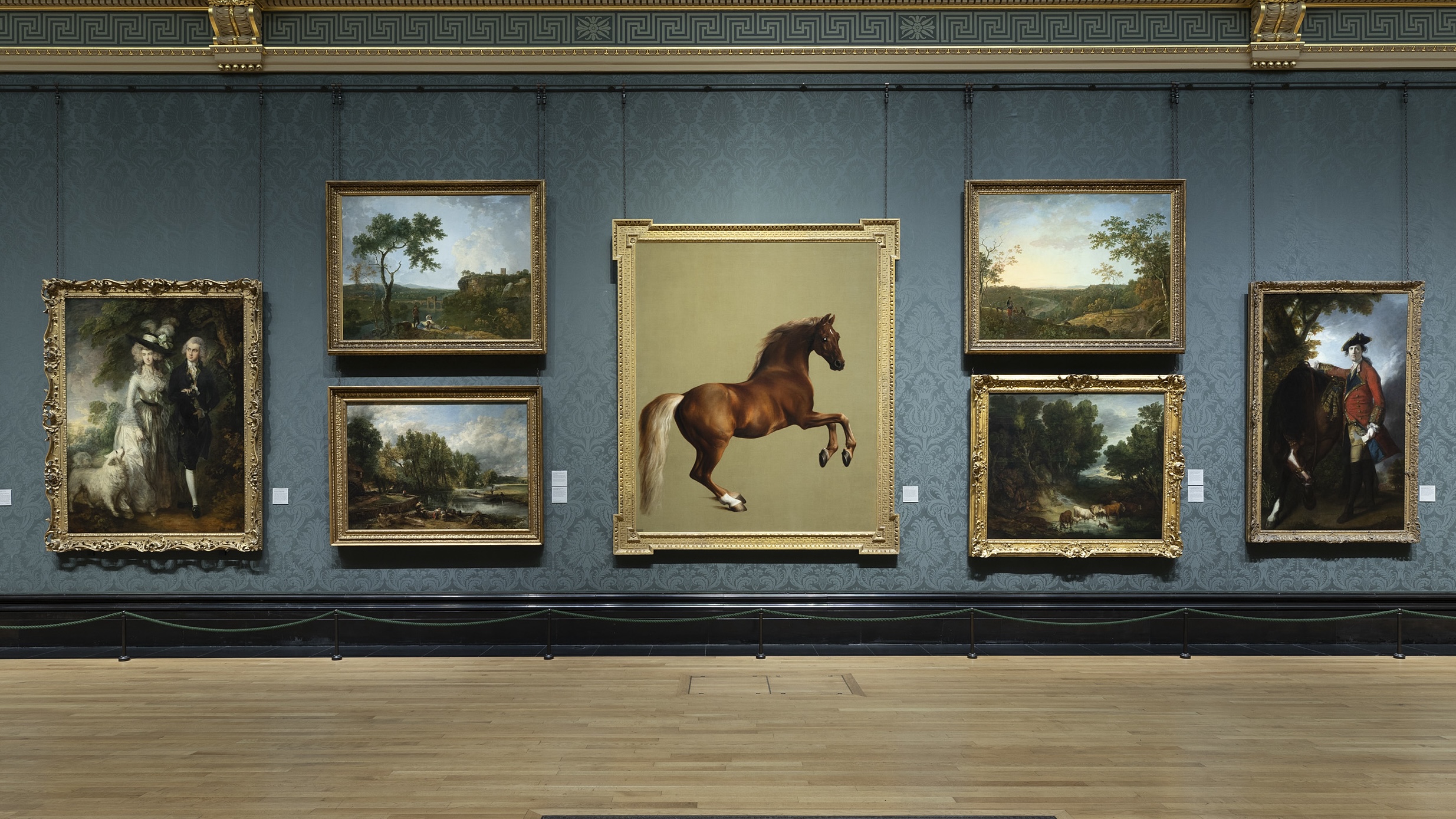
The National Gallery rehang: 'It is a remarkable feat to hang more with the feeling of less', but the male gaze is still dominant
By James Elwes
-
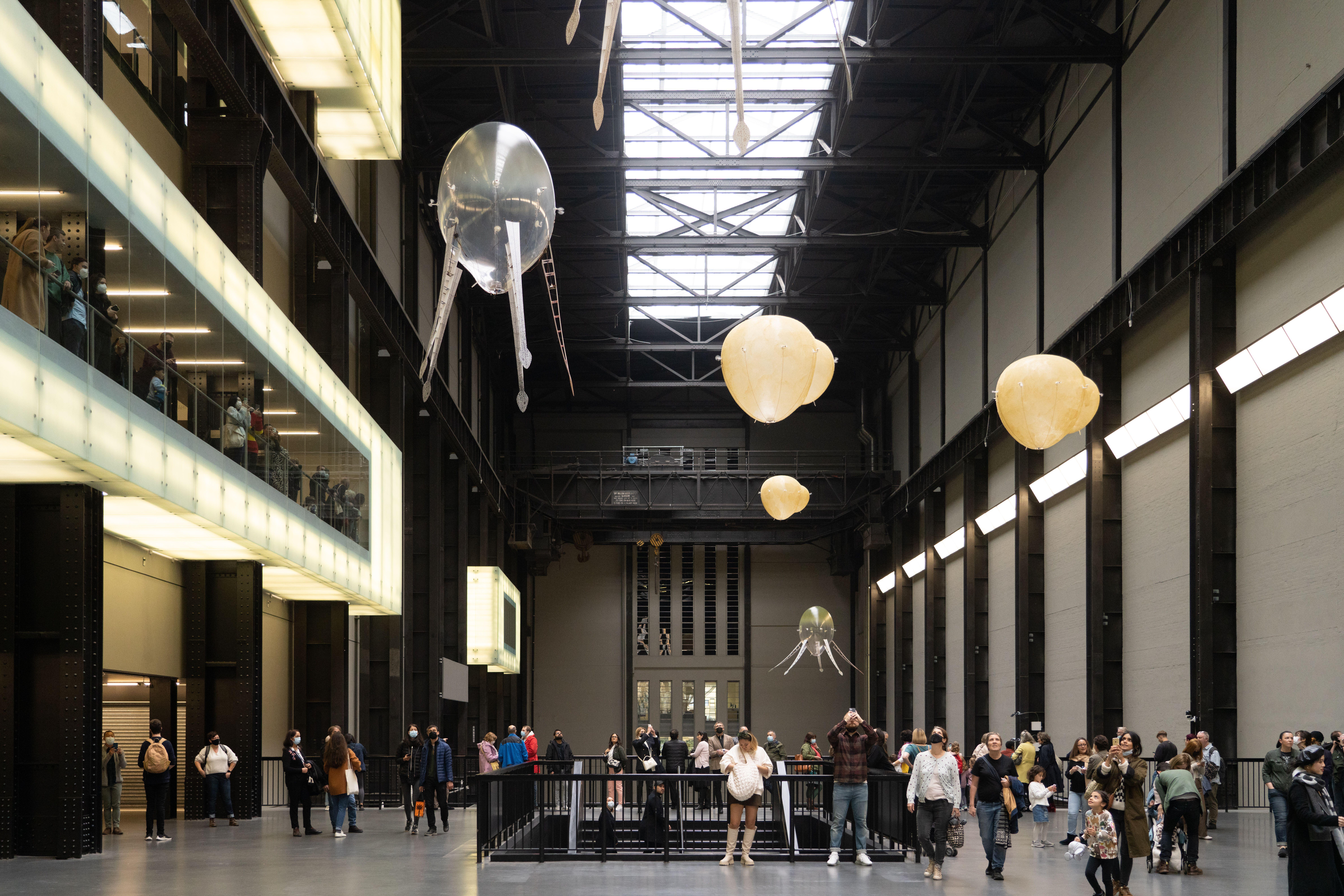
'Tate Modern has exploded the canon of art history, and transformed the public’s relationship with contemporary art'
By Annunciata Elwes
-

Athena: We need to get serious about saving our museums
By Country Life
-
Travel
View All Travel-

The ‘utterly unique’ skincare brand that’s used in the ‘world’s best hotel’ spa
By Rosie Paterson
-
-

The world is your oyster and here is the pearl: How to spend £100,000 on a holiday
By Richard MacKichan
-

Vertigo at Victoria Falls, a sunset surrounded by lions and swimming in the Nile: A journey from Cape Town to Cairo
By Christopher Wallace
-

Everything you need to know about private jet travel and 10 rules to fly by
By Simon Mills
-

The Business Class product that spawned a generation of knock-offs: What it’s like to fly in Qatar Airways’ Qsuite cabin
By Rosie Paterson
-
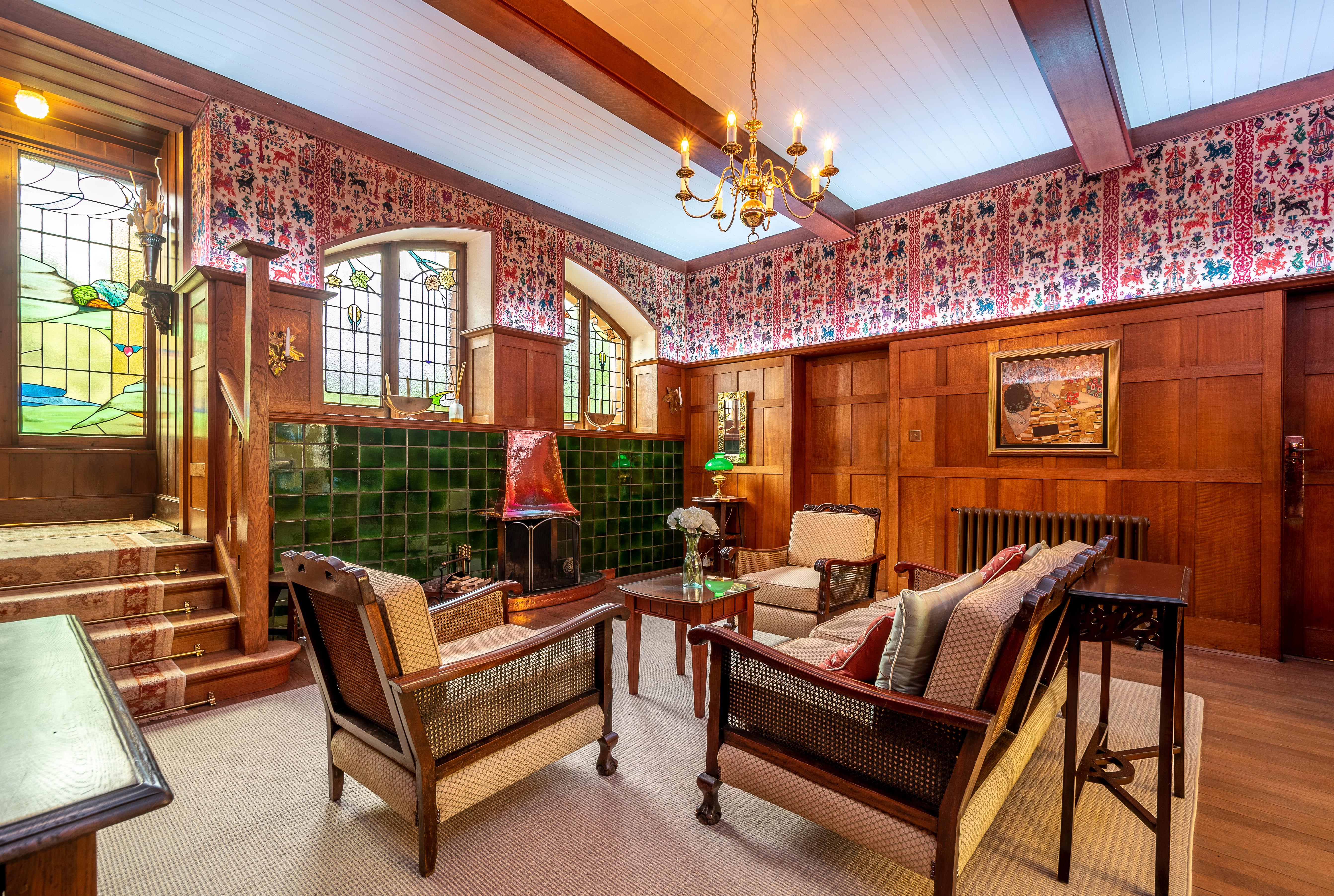
Seven of the UK’s best Arts and Crafts buildings — and you can stay in all of them
By Ben West
-
Food & Drink
View All Food & Drink-
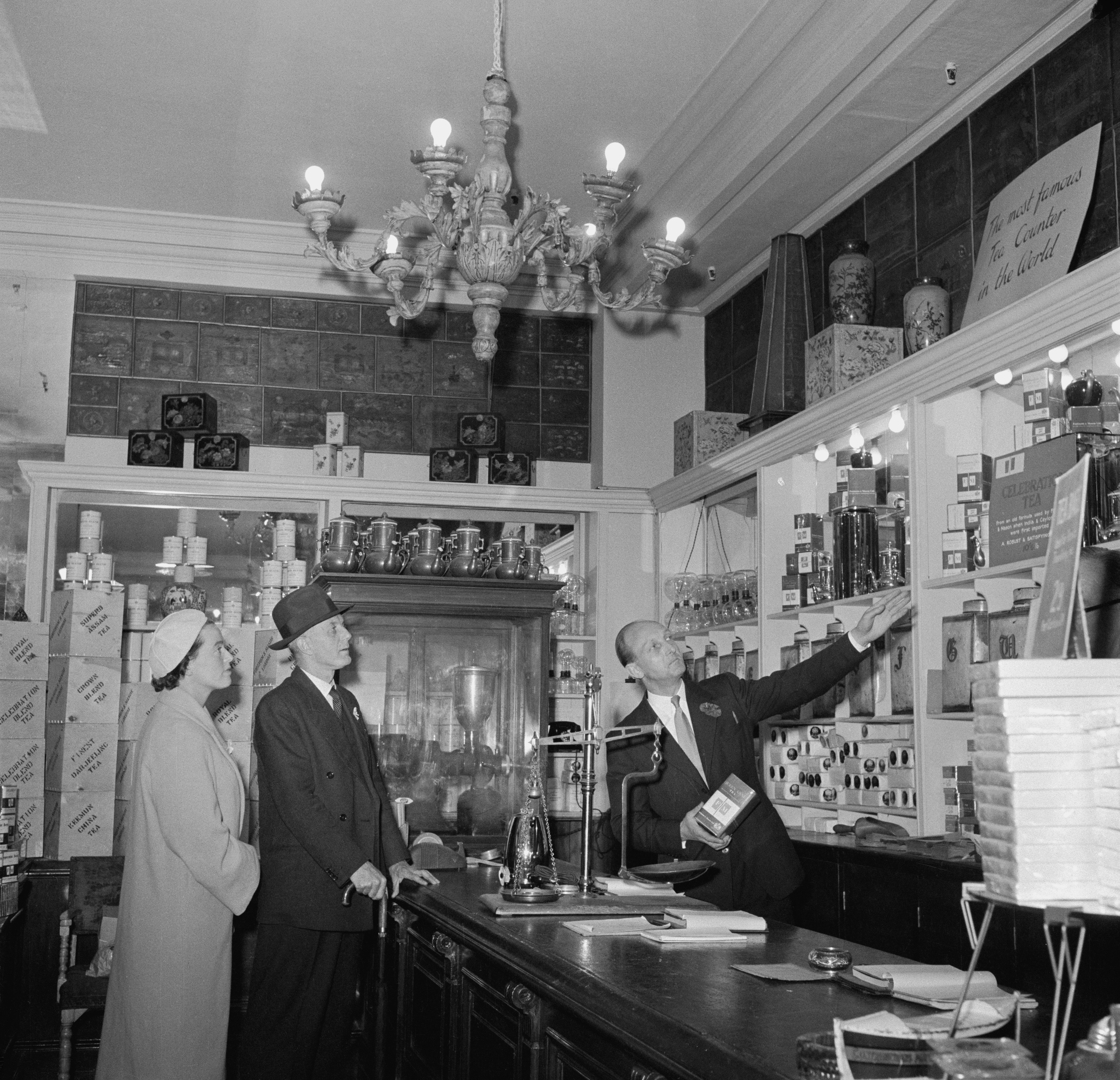
Bye bye hamper, hello hot sauce: Fortnum & Mason return to their roots with a new collection of ingredients and cookware
By Lotte Brundle
-
-
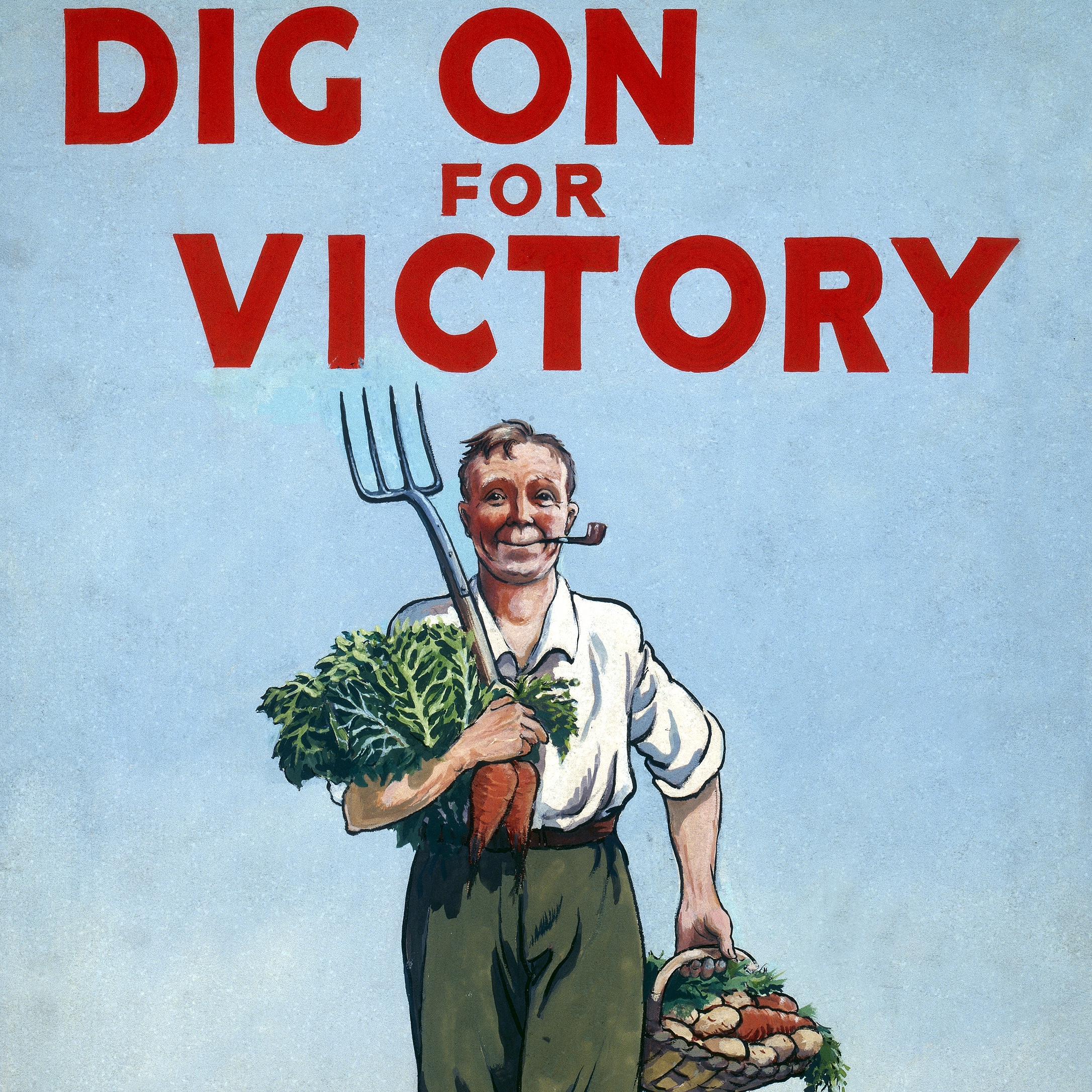
Six authentic wartime recipes to celebrate VE Day, from Lord Woolton's pie to 'Surprise Potato Balls'
By Toby Keel
-
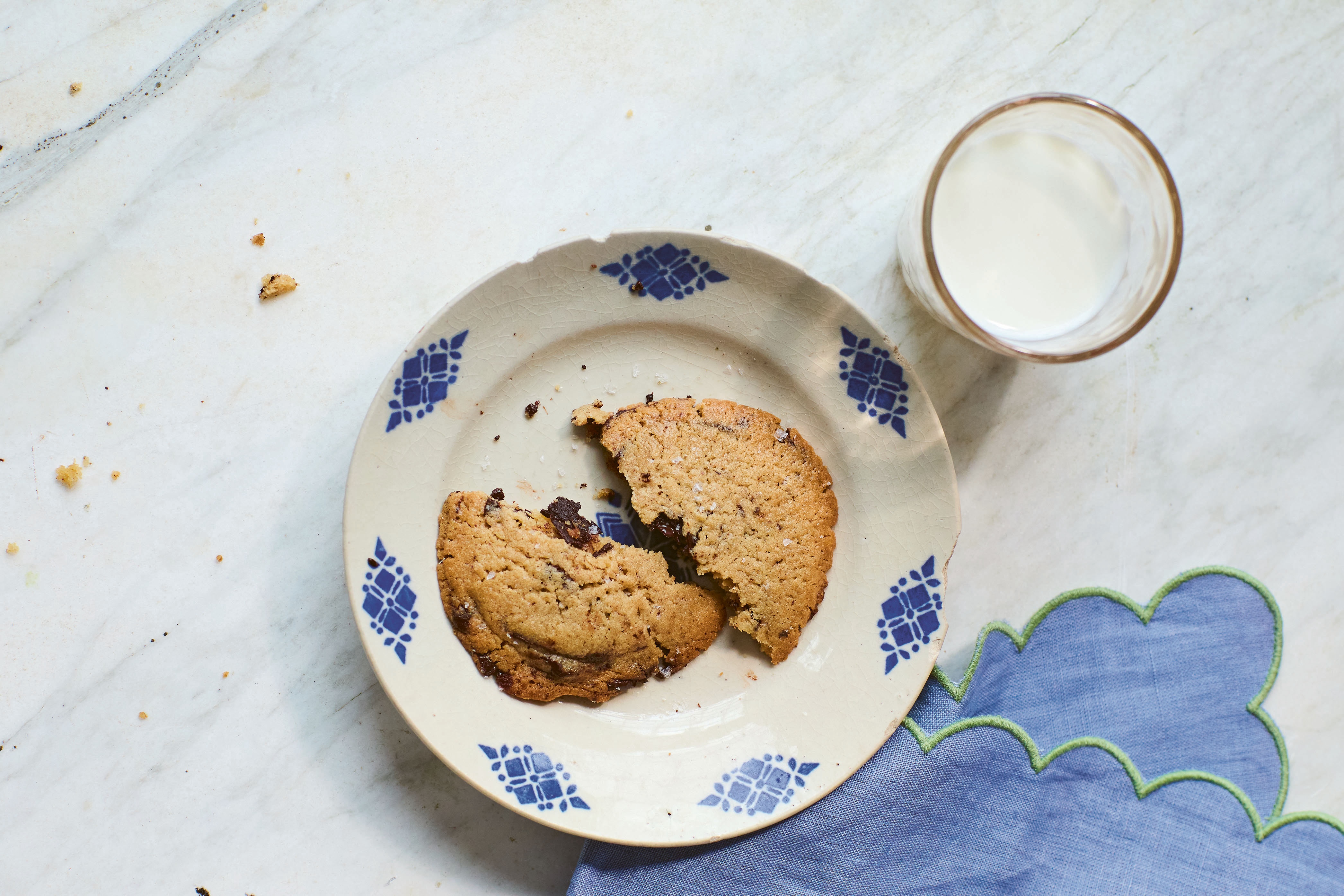
What to bake this weekend: Xanthe Ross's chocolate chip and almond butter cookies
By Xanthe Ross
-
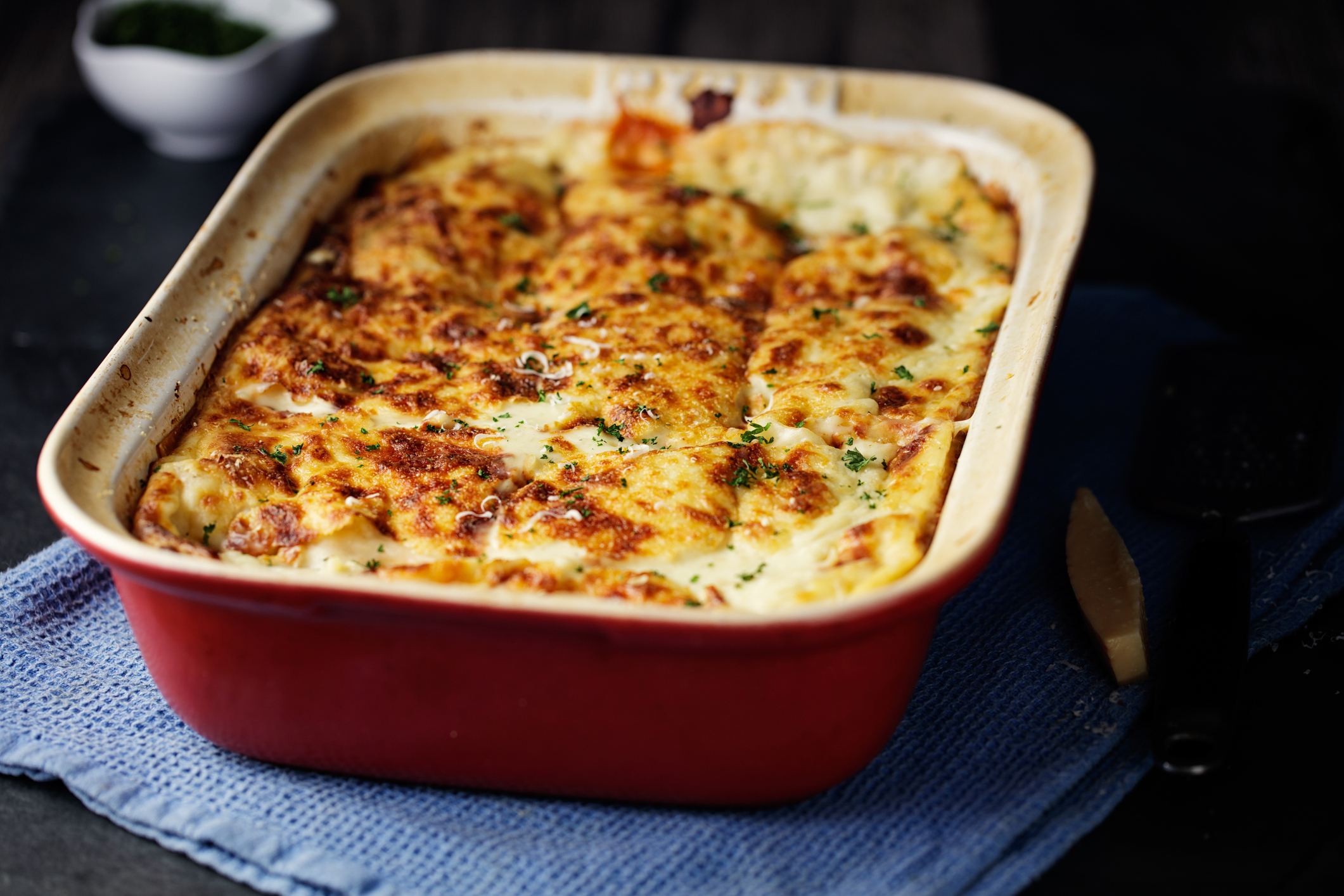
'Monolithic, multi-layered and quite, quite magnificent. This was love at first bite': Tom Parker Bowles on his lifelong love affair with lasagne
By Tom Parker Bowles
-
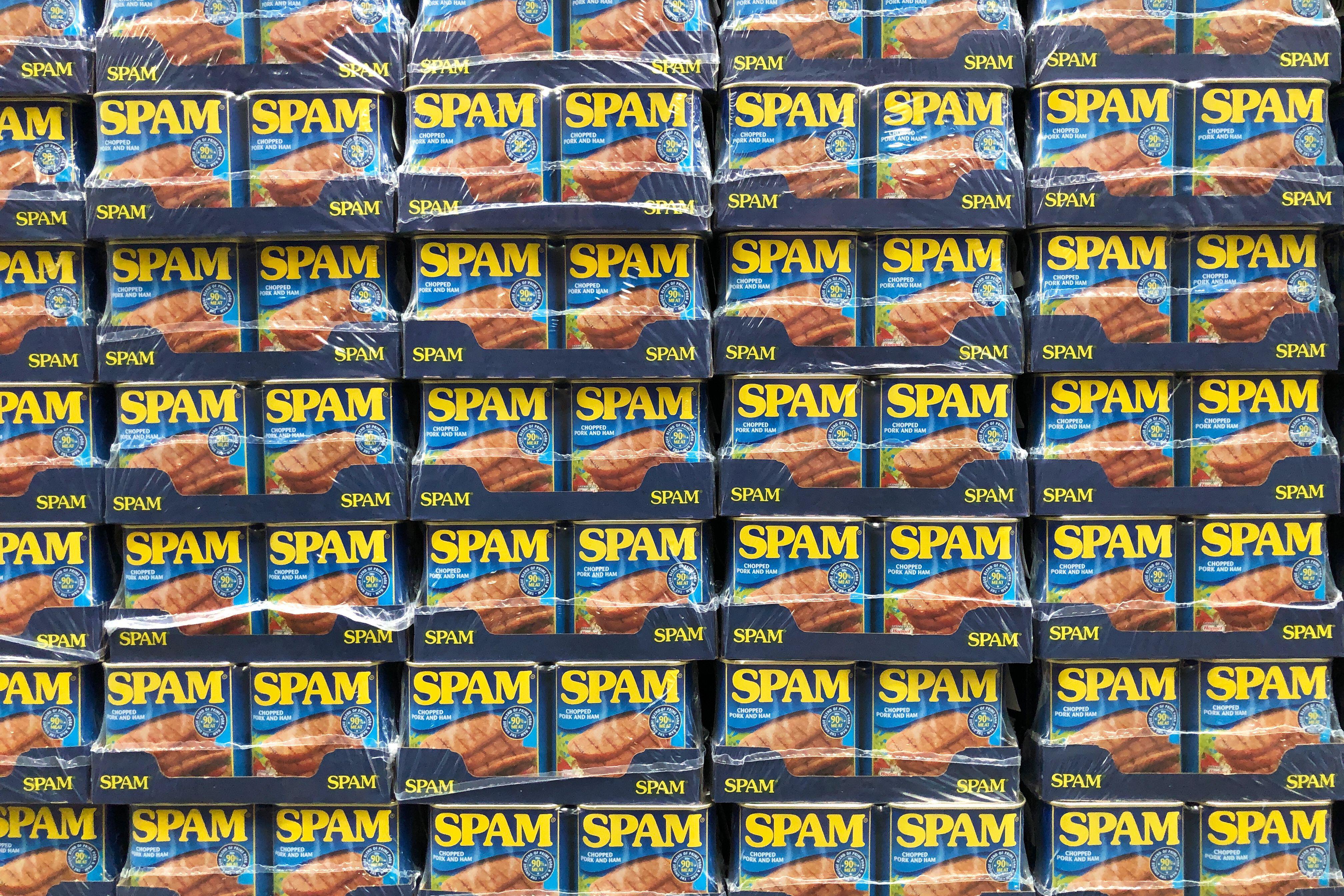
Spam: The tinned meaty treat that brought a taste of the ‘hot-dog life of Hollywood’ to war-weary Britain
By Mary Greene
-

Never leave a bun behind: What to do with leftover hot cross buns
By Amie Elizabeth White
-
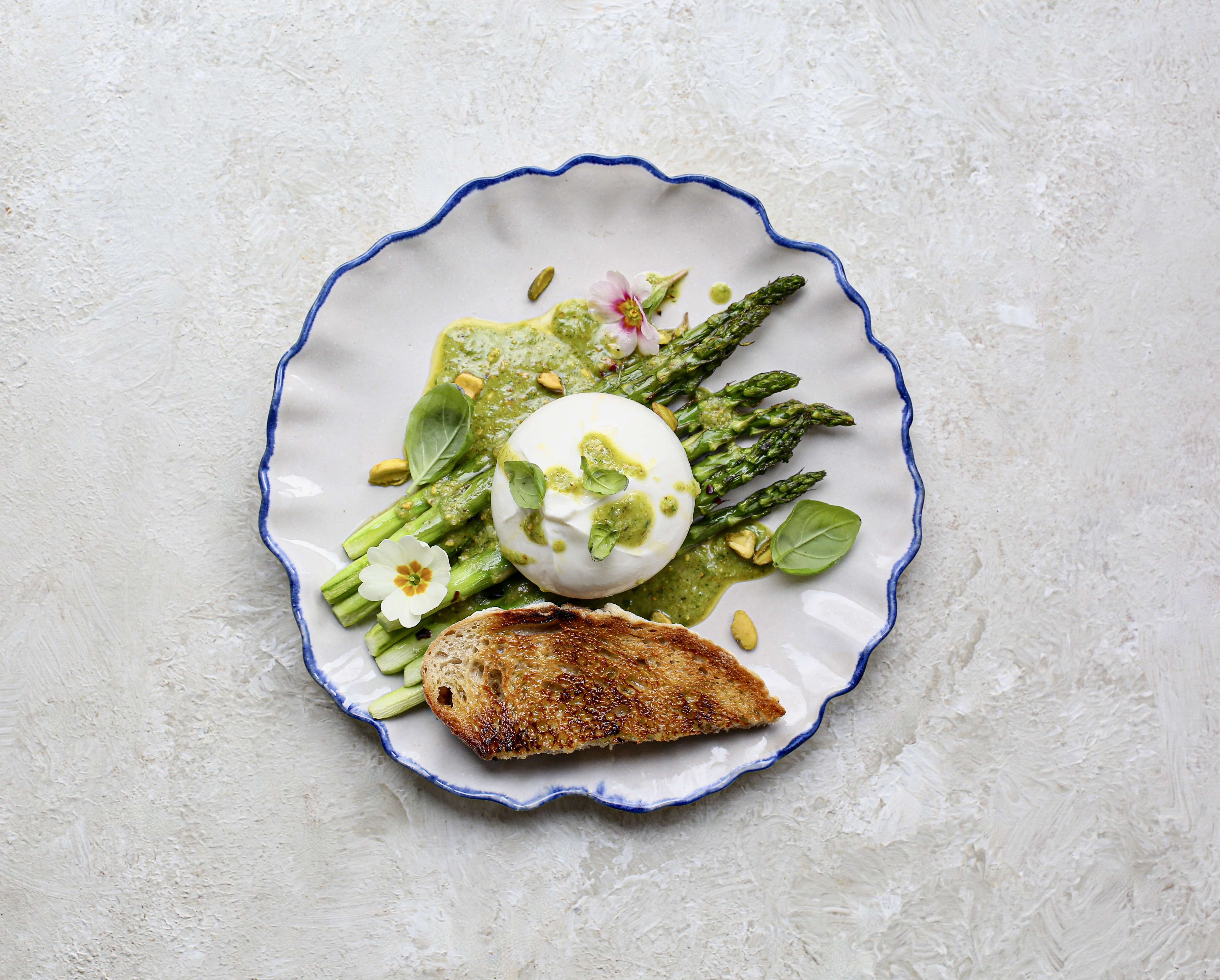
Two quick and easy seasonal asparagus recipes to try this Easter Weekend
By Melanie Johnson
-


